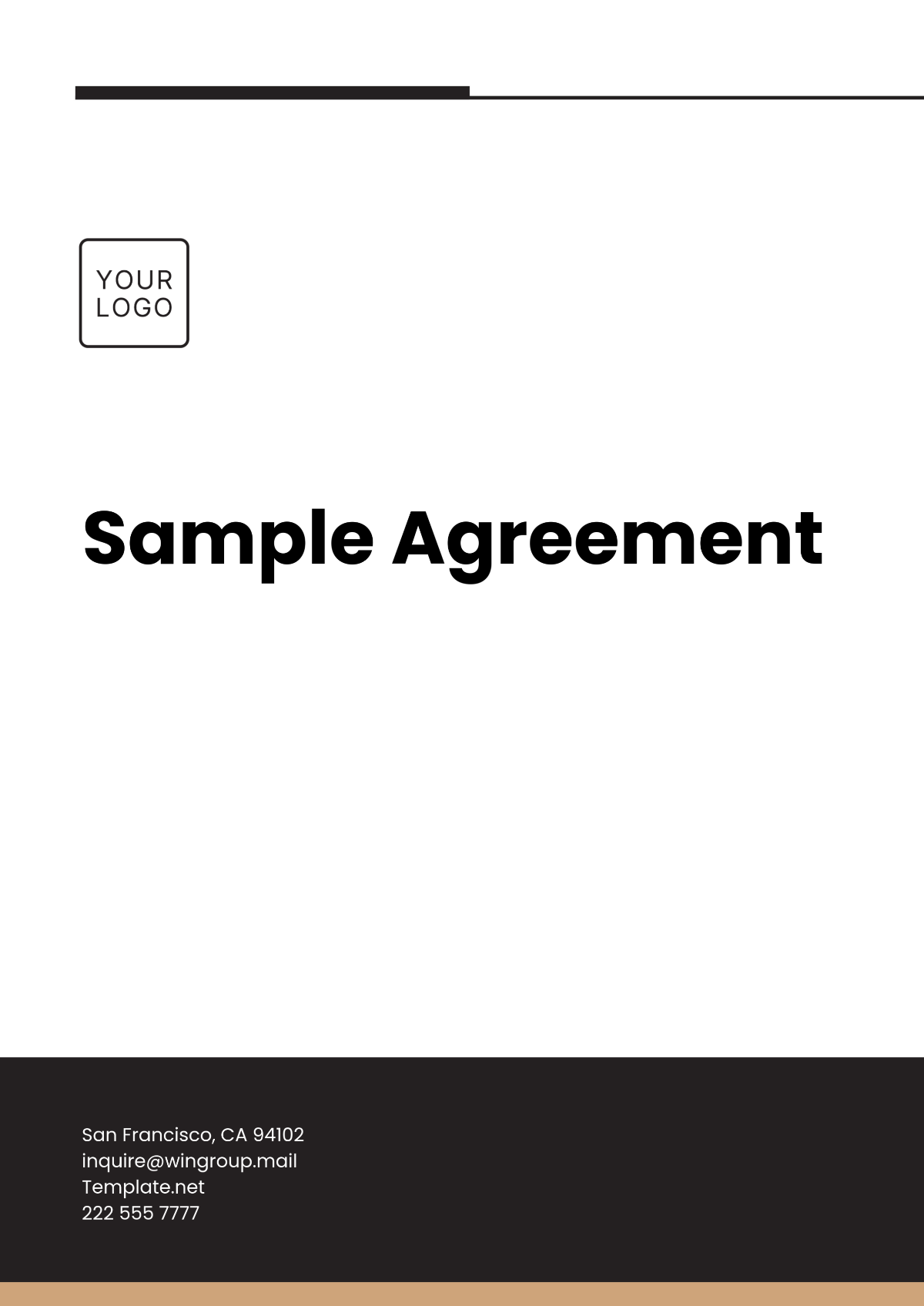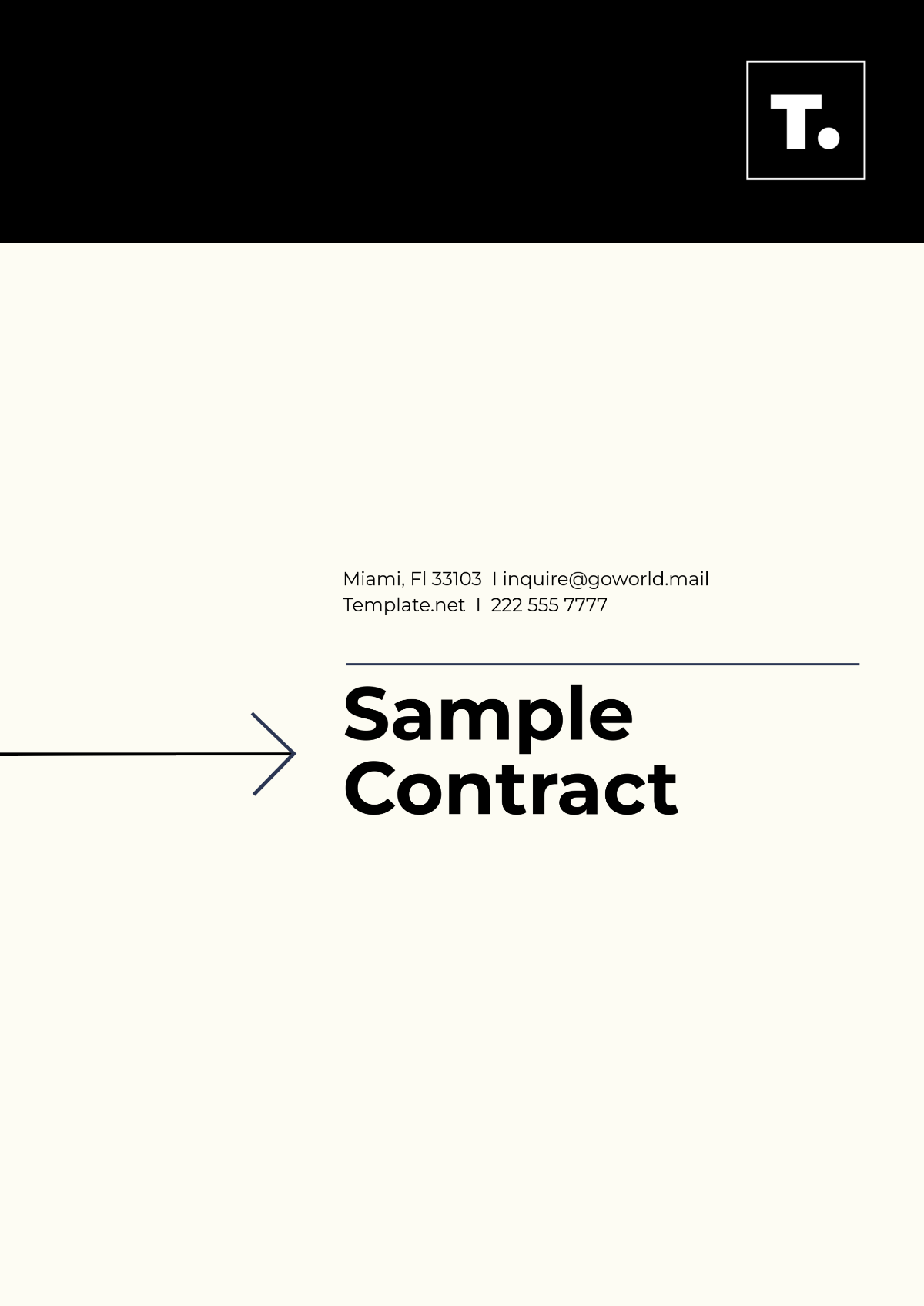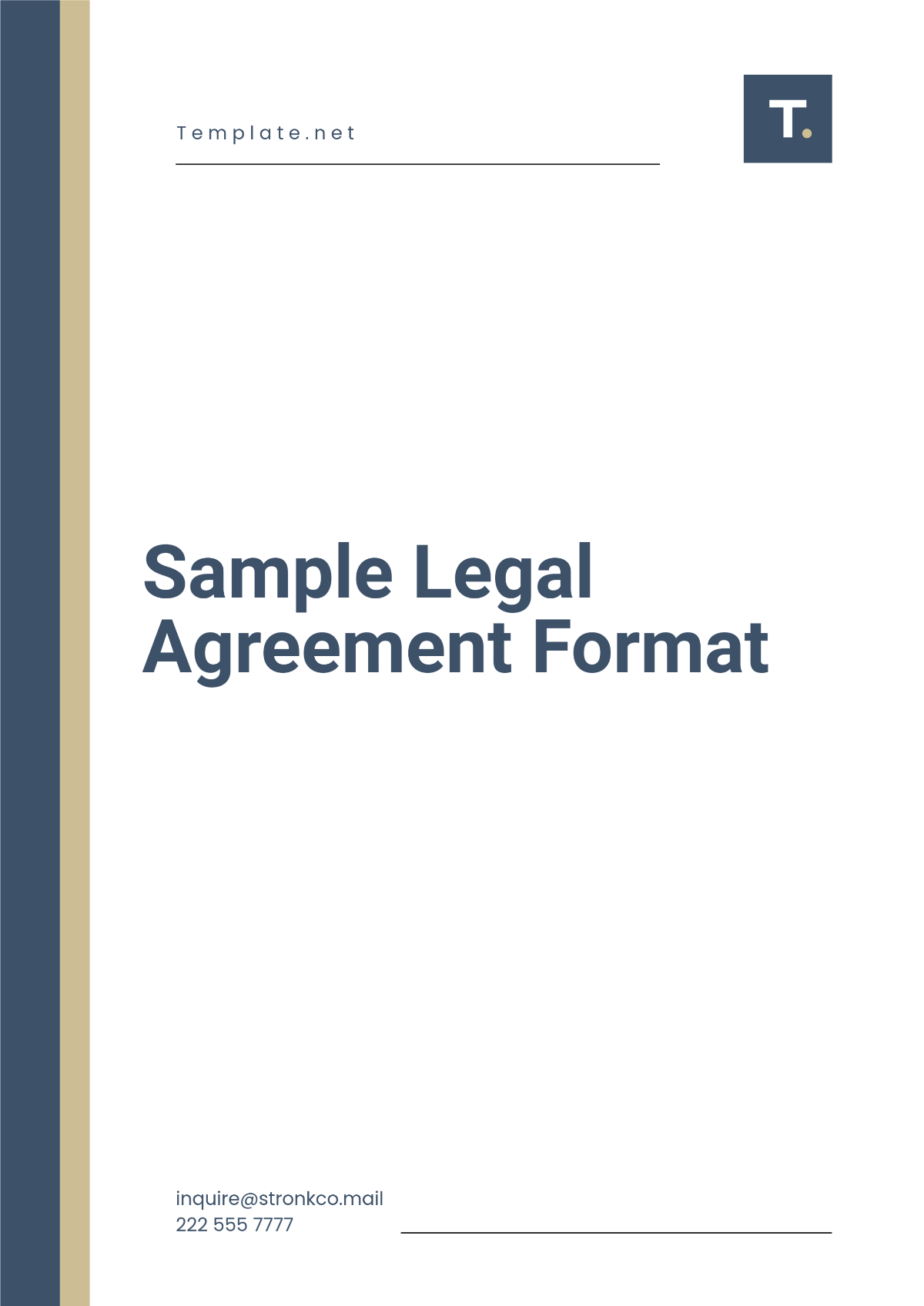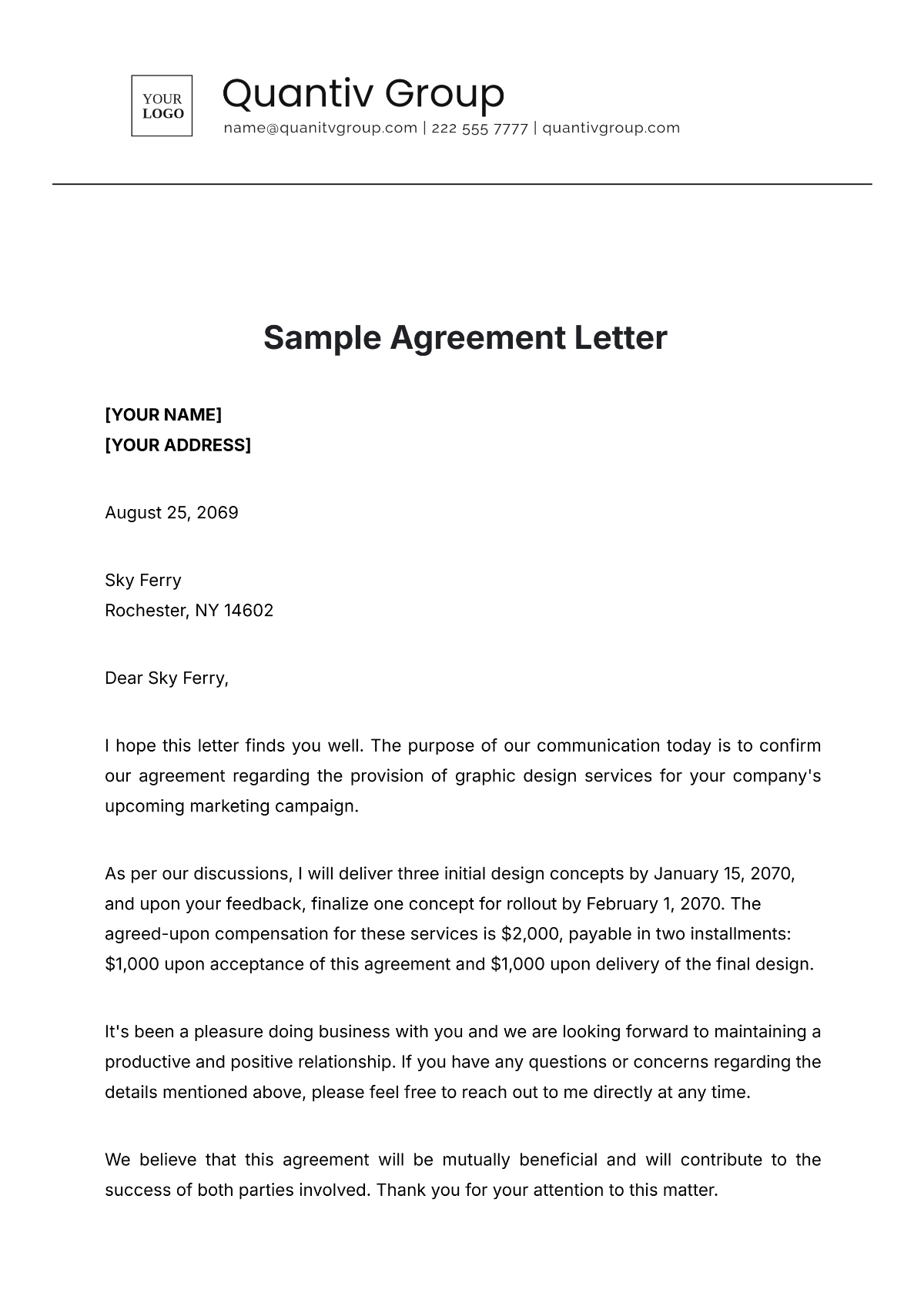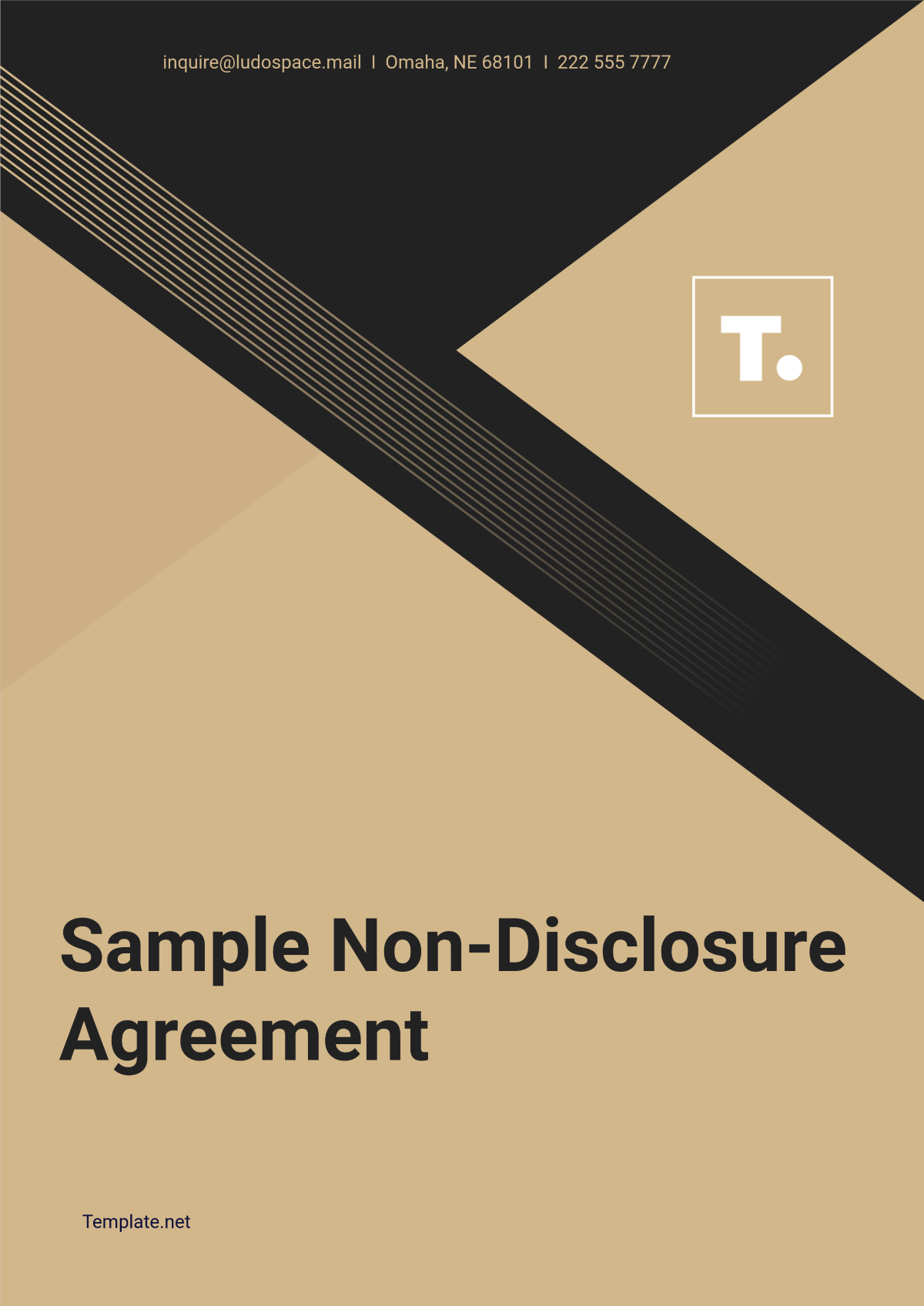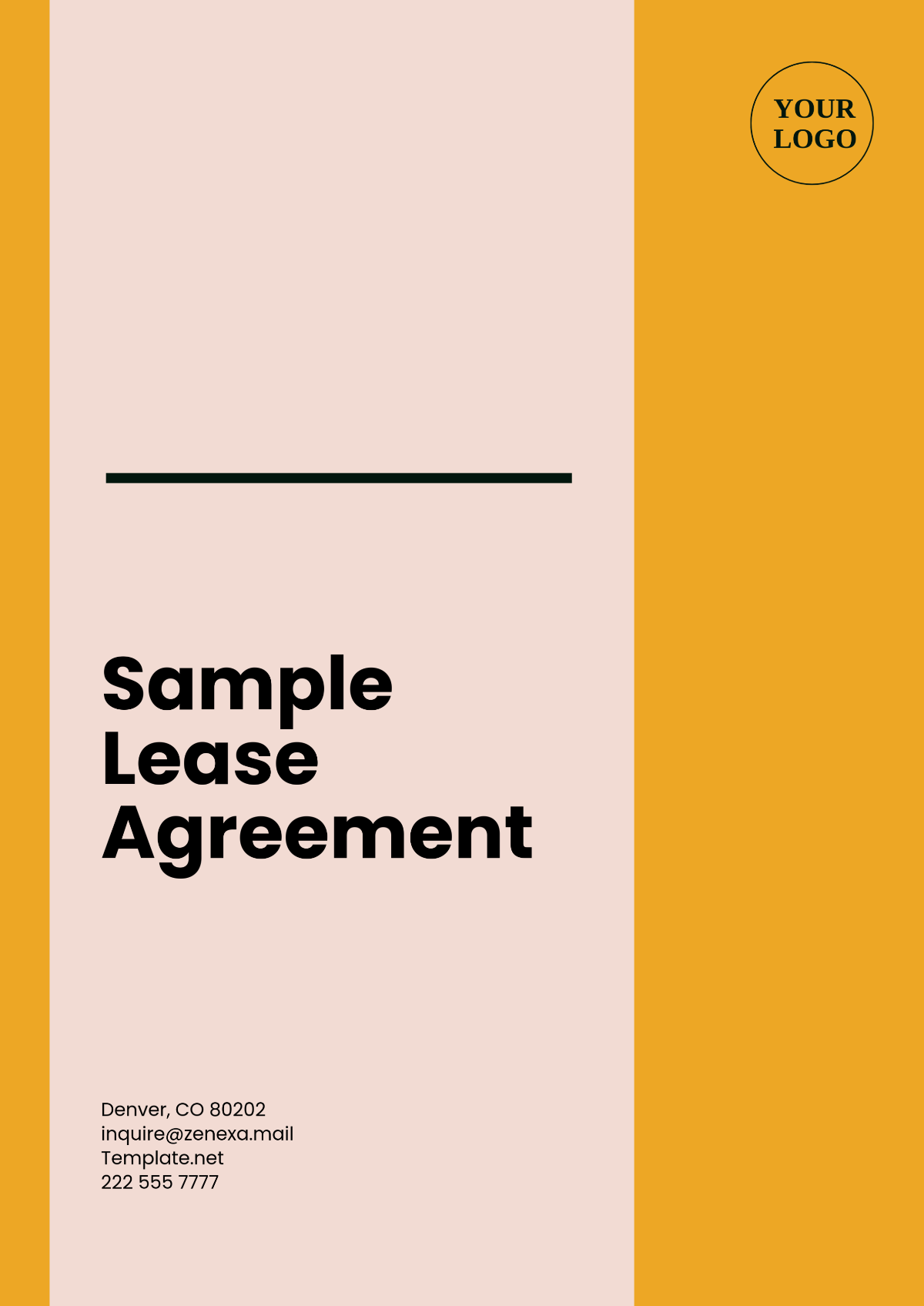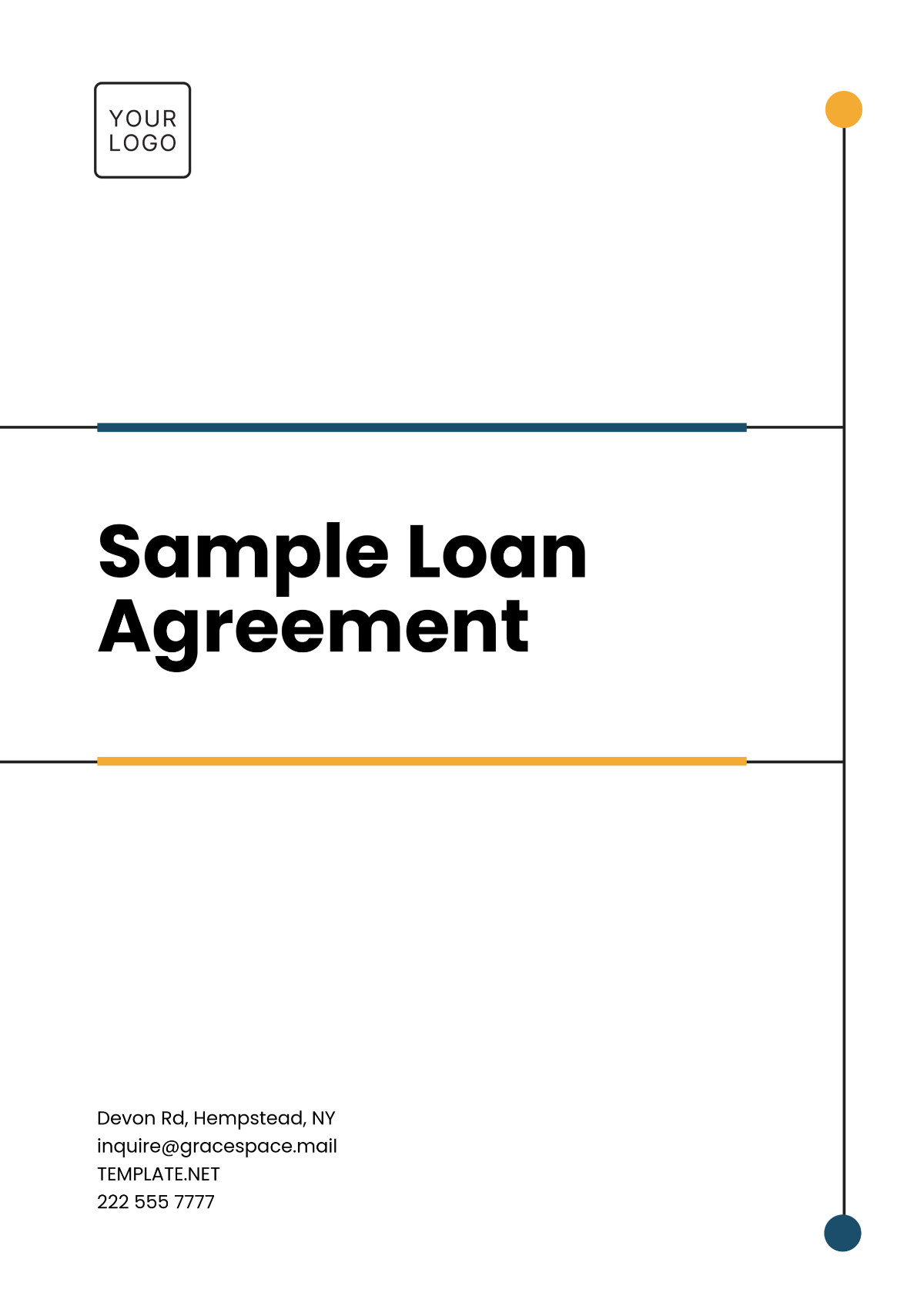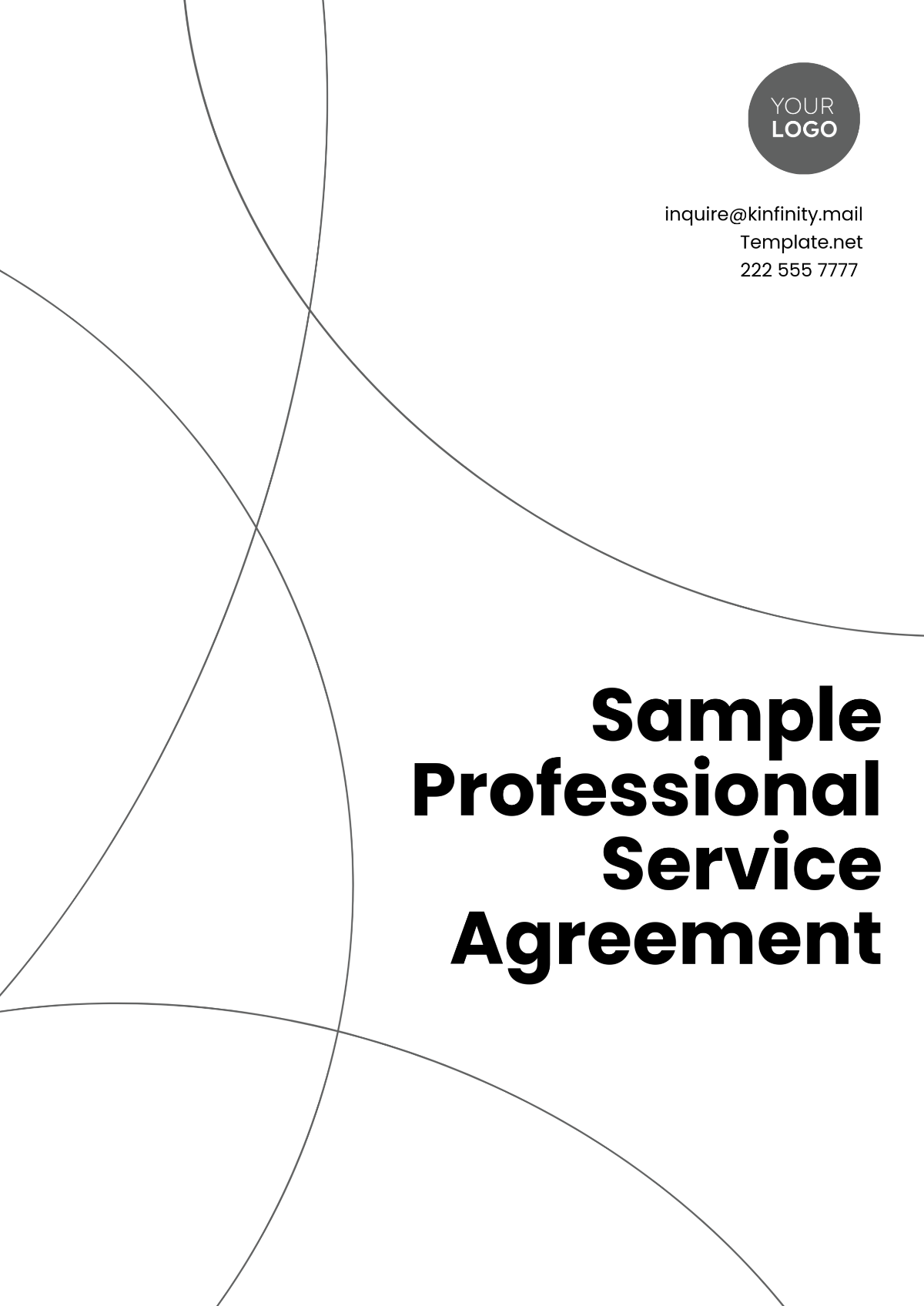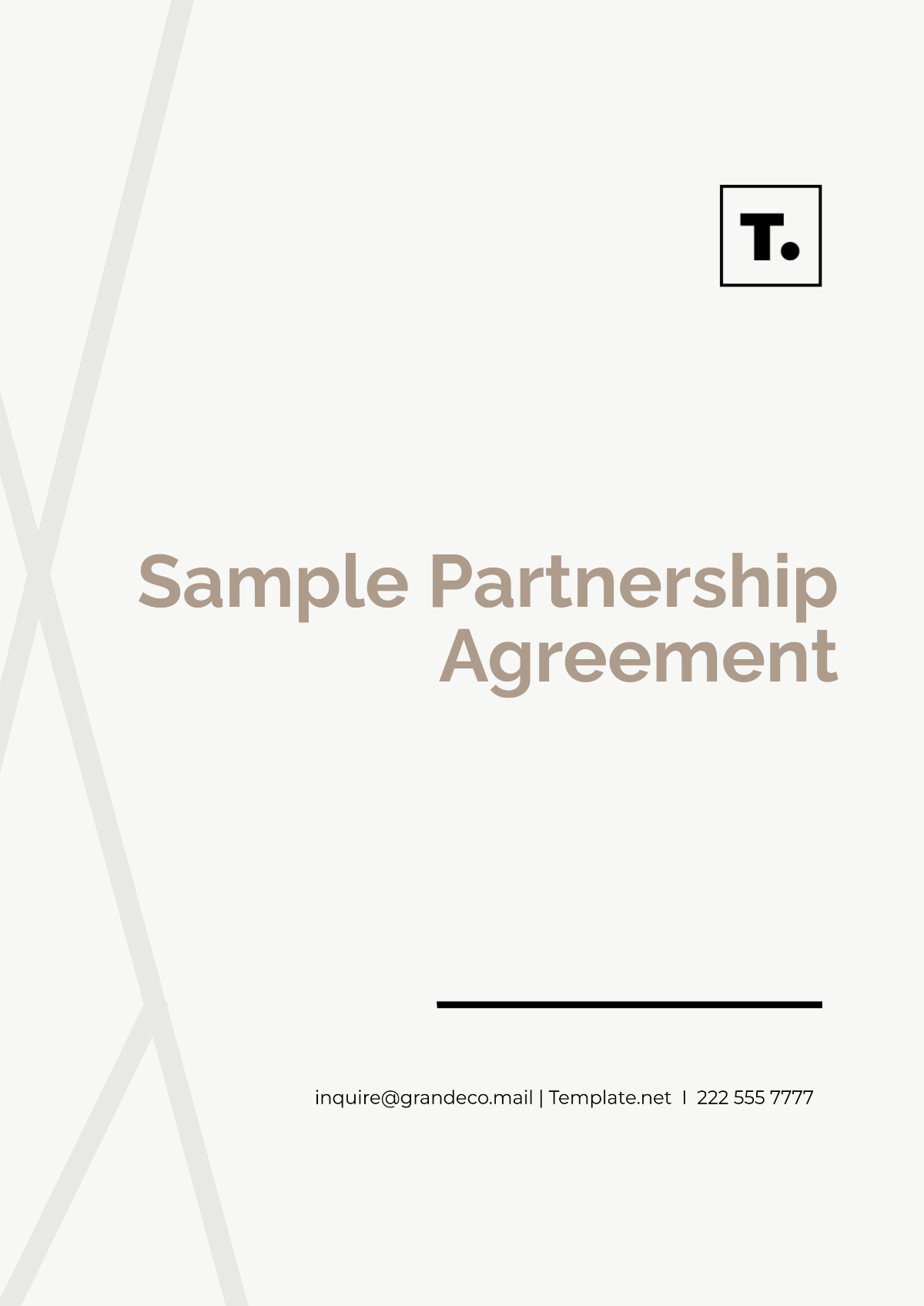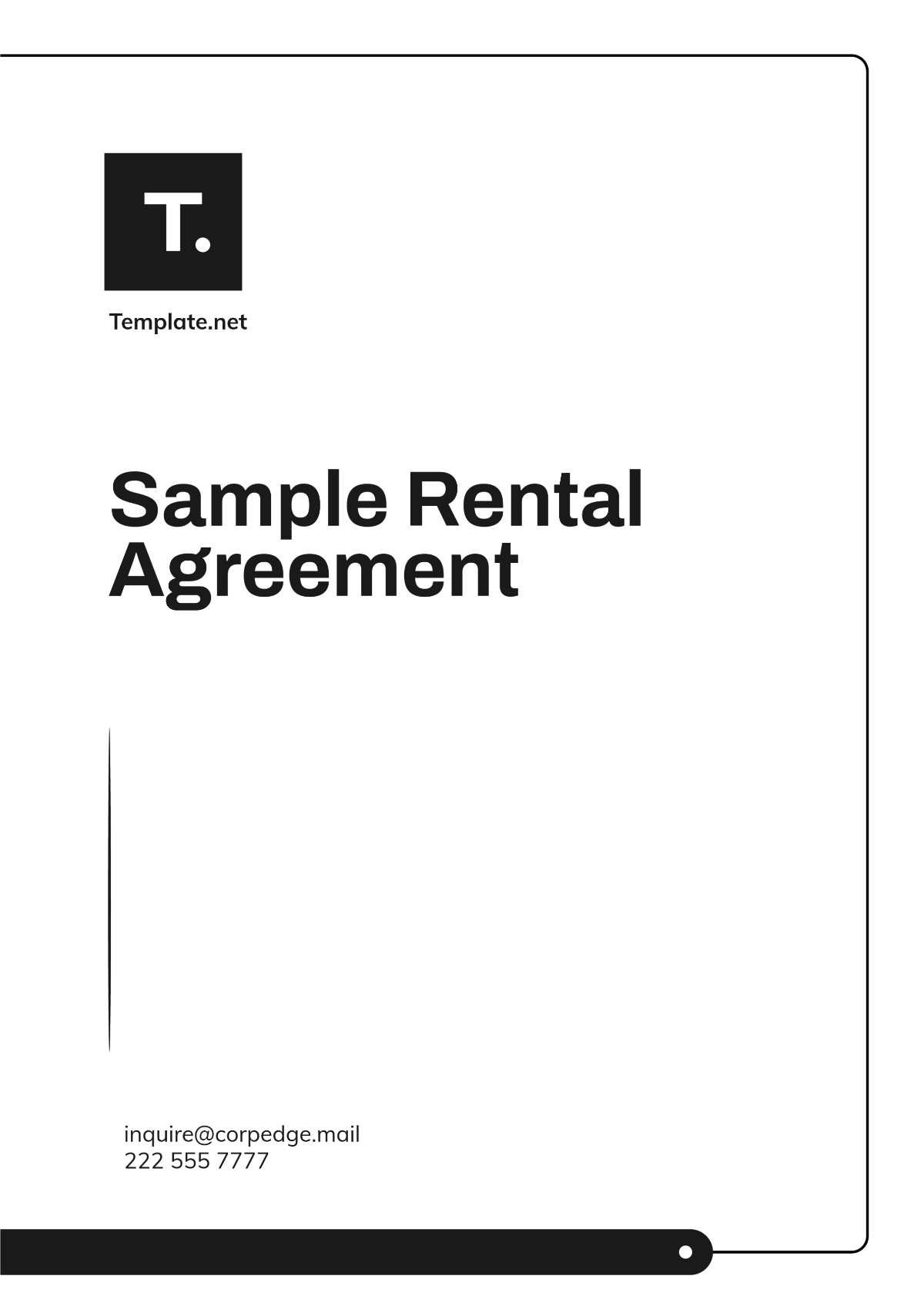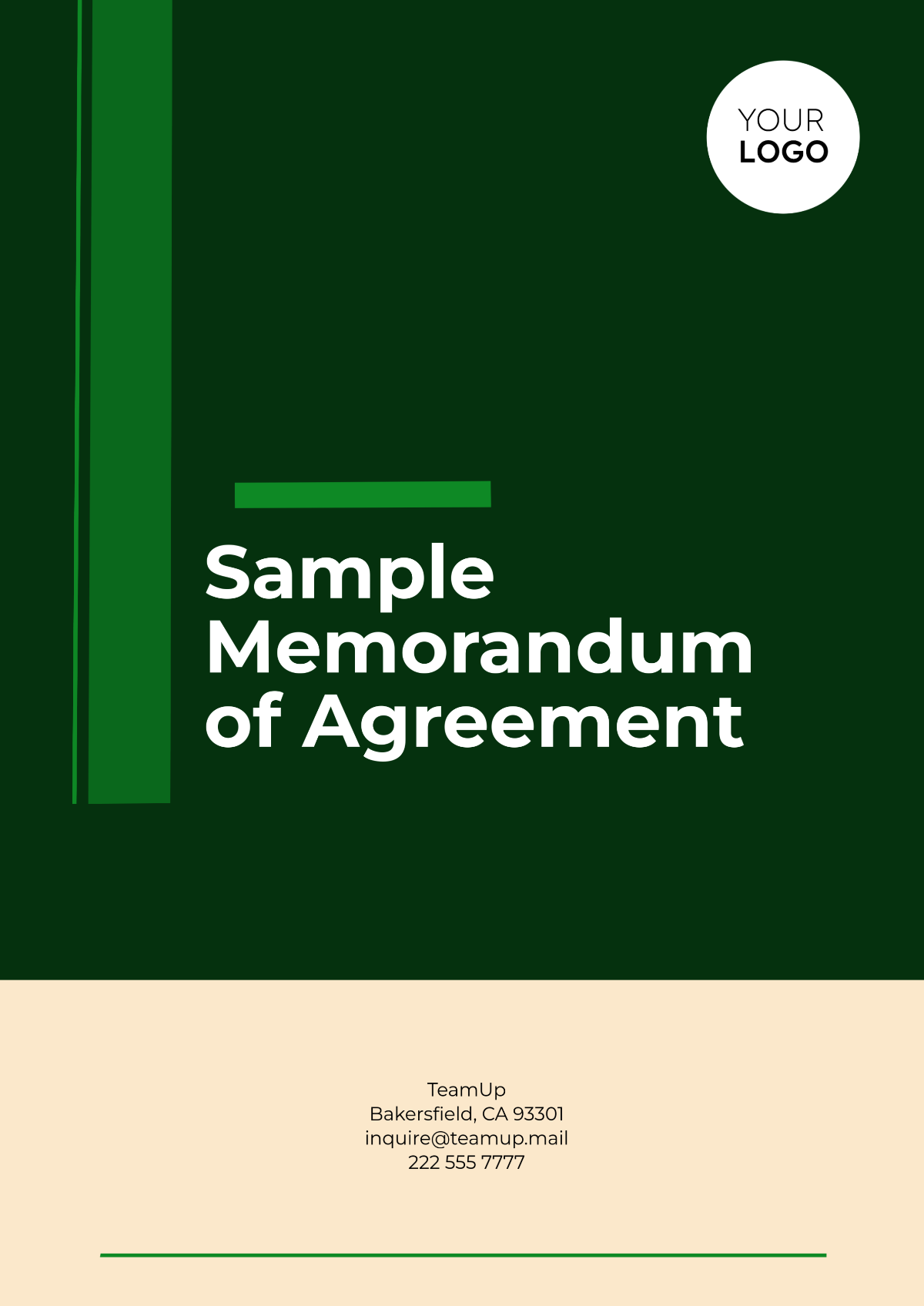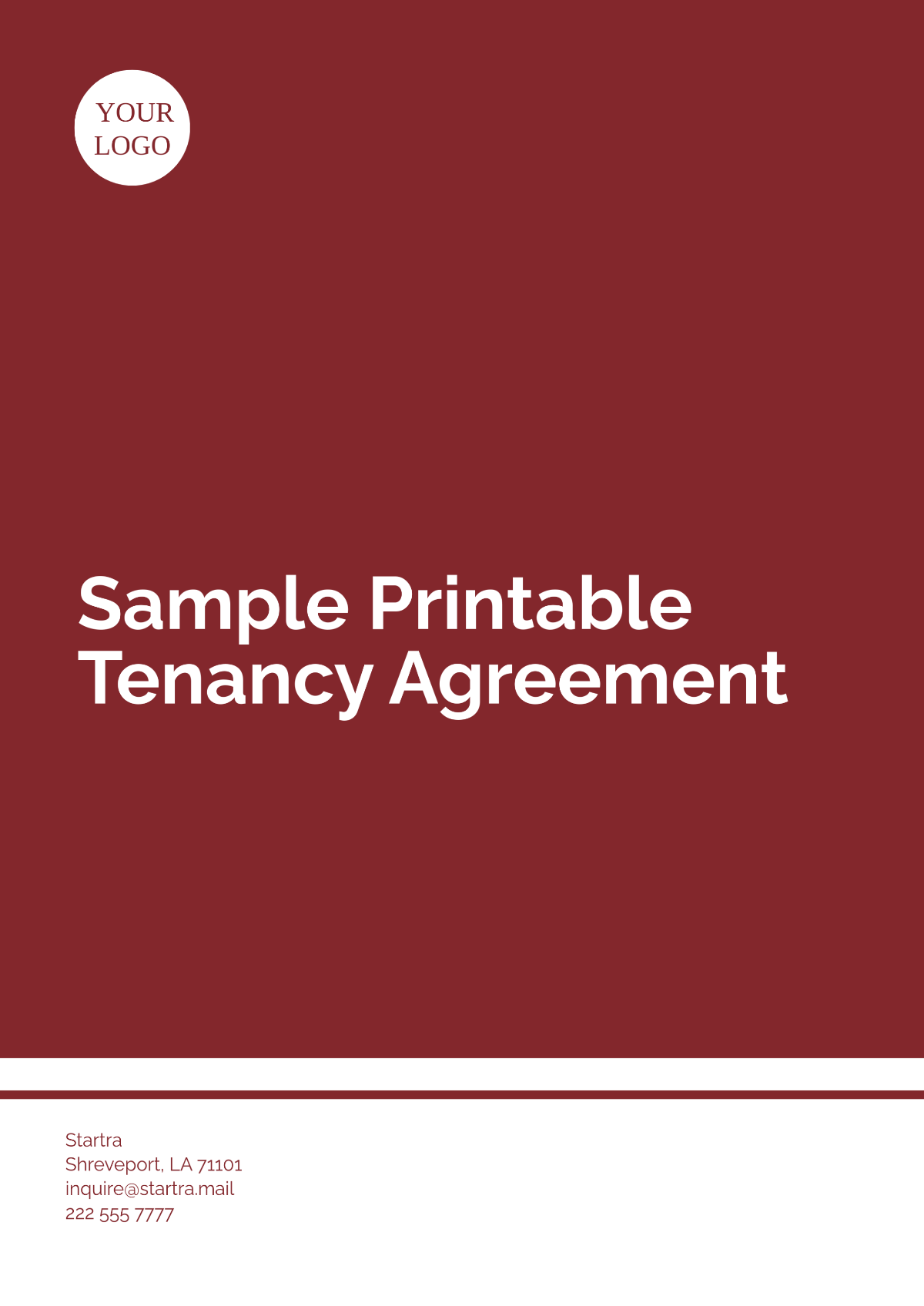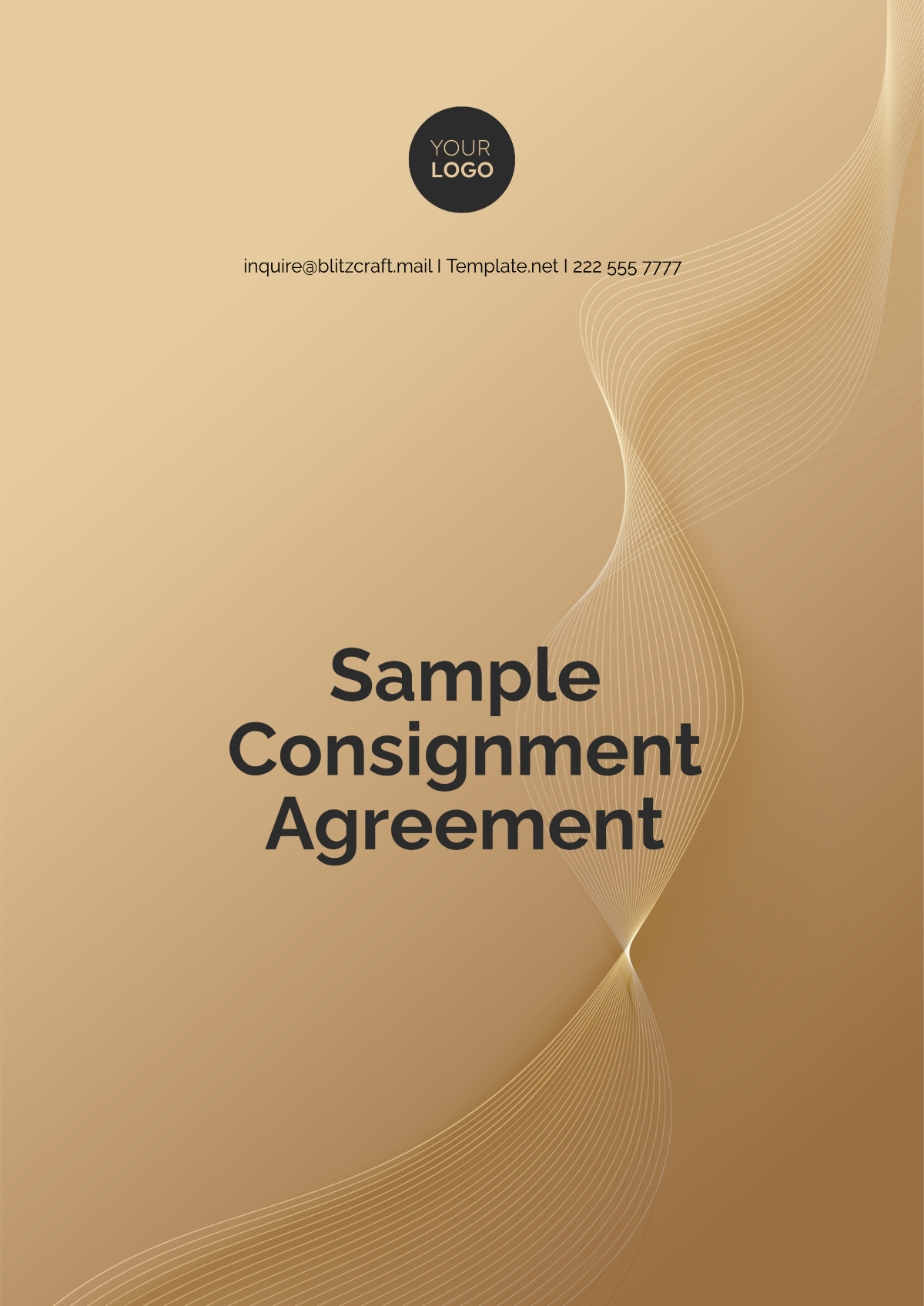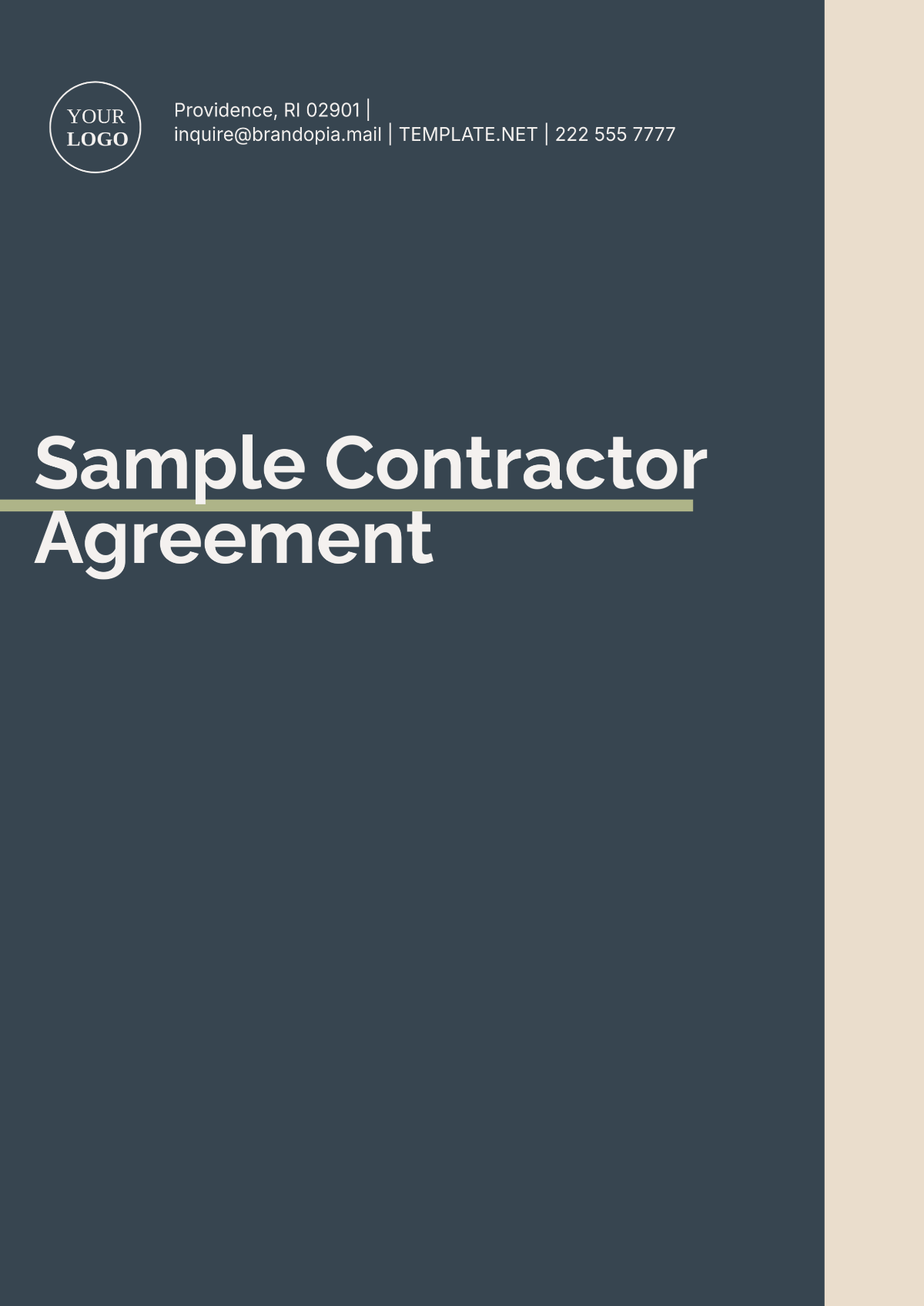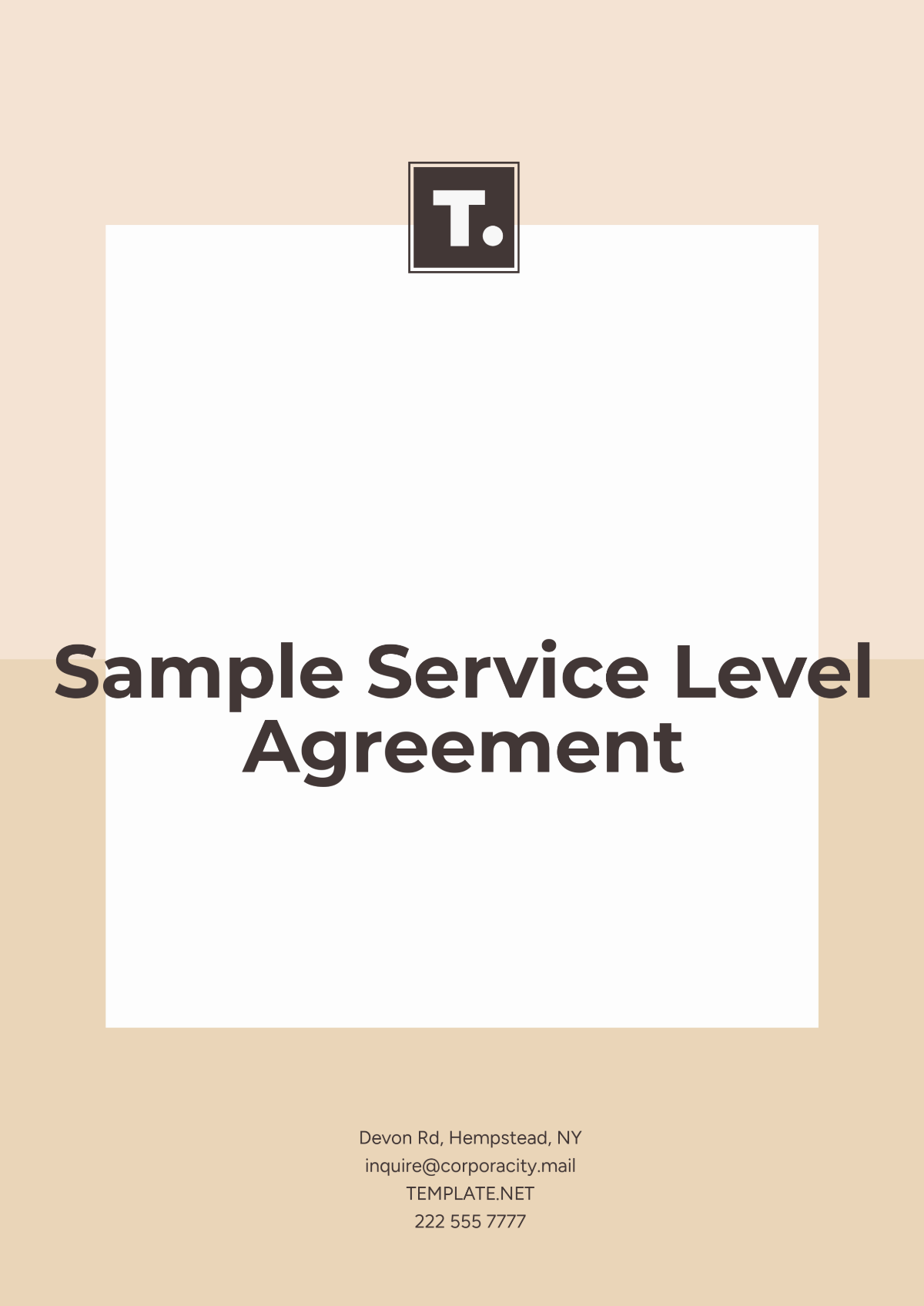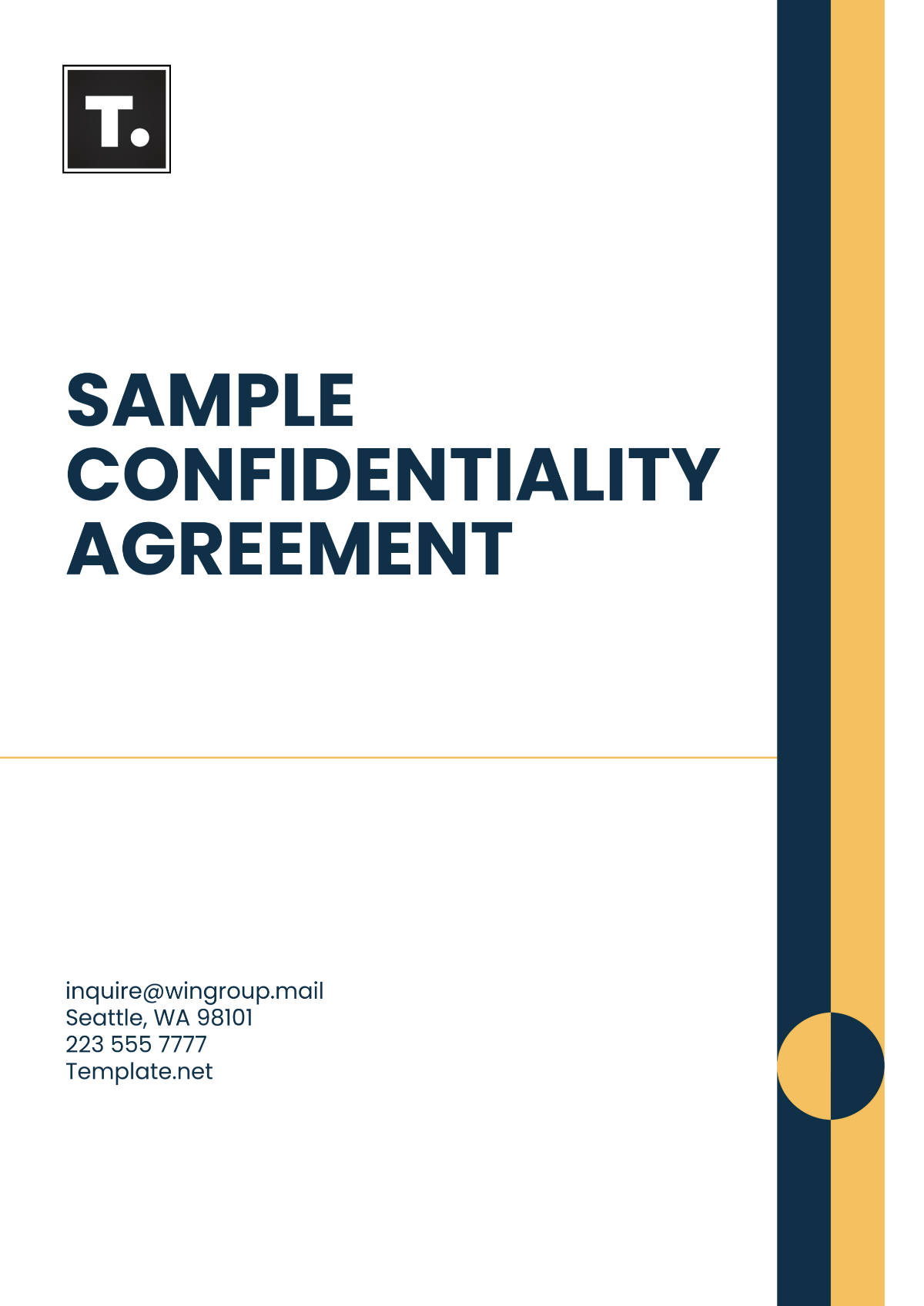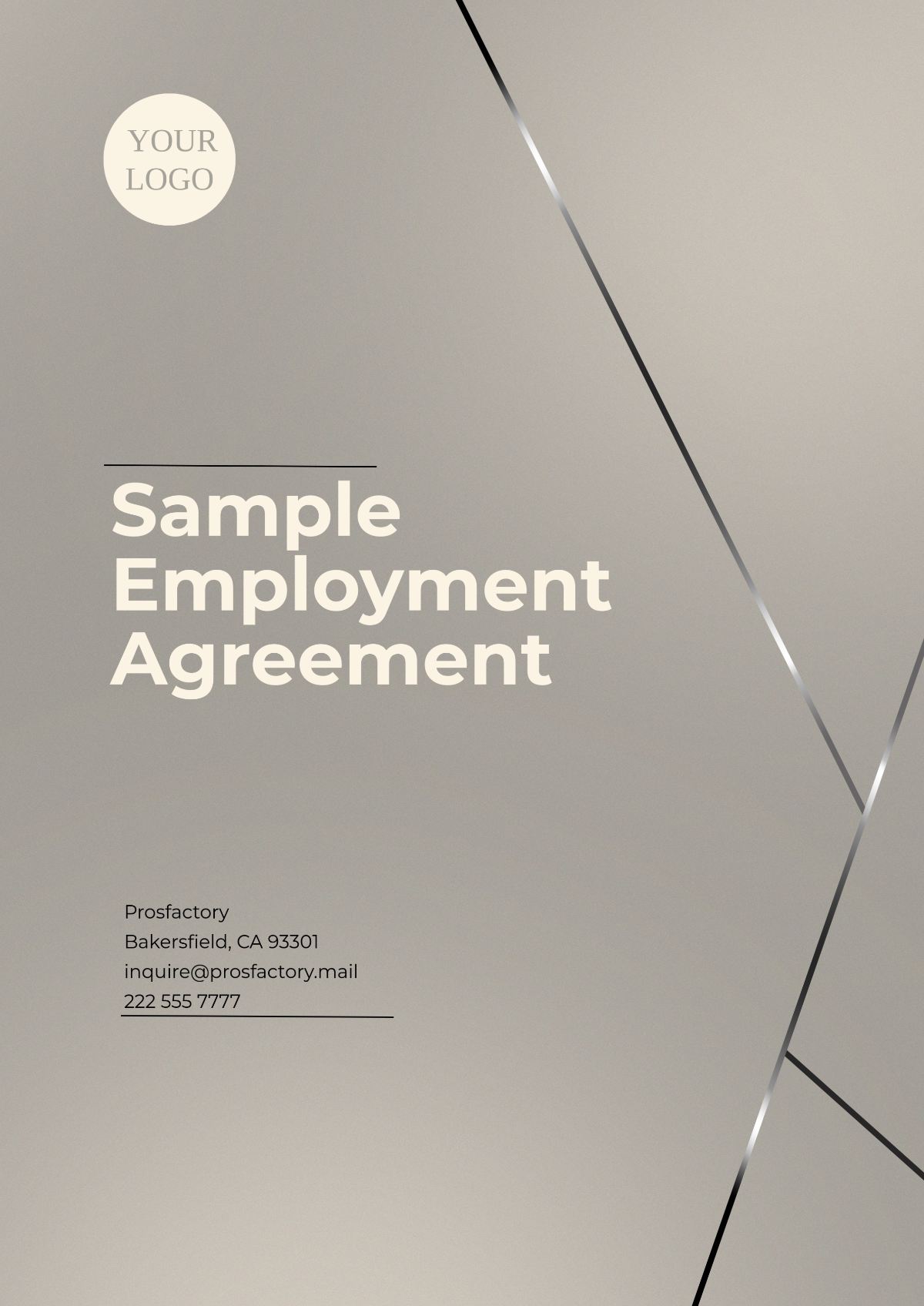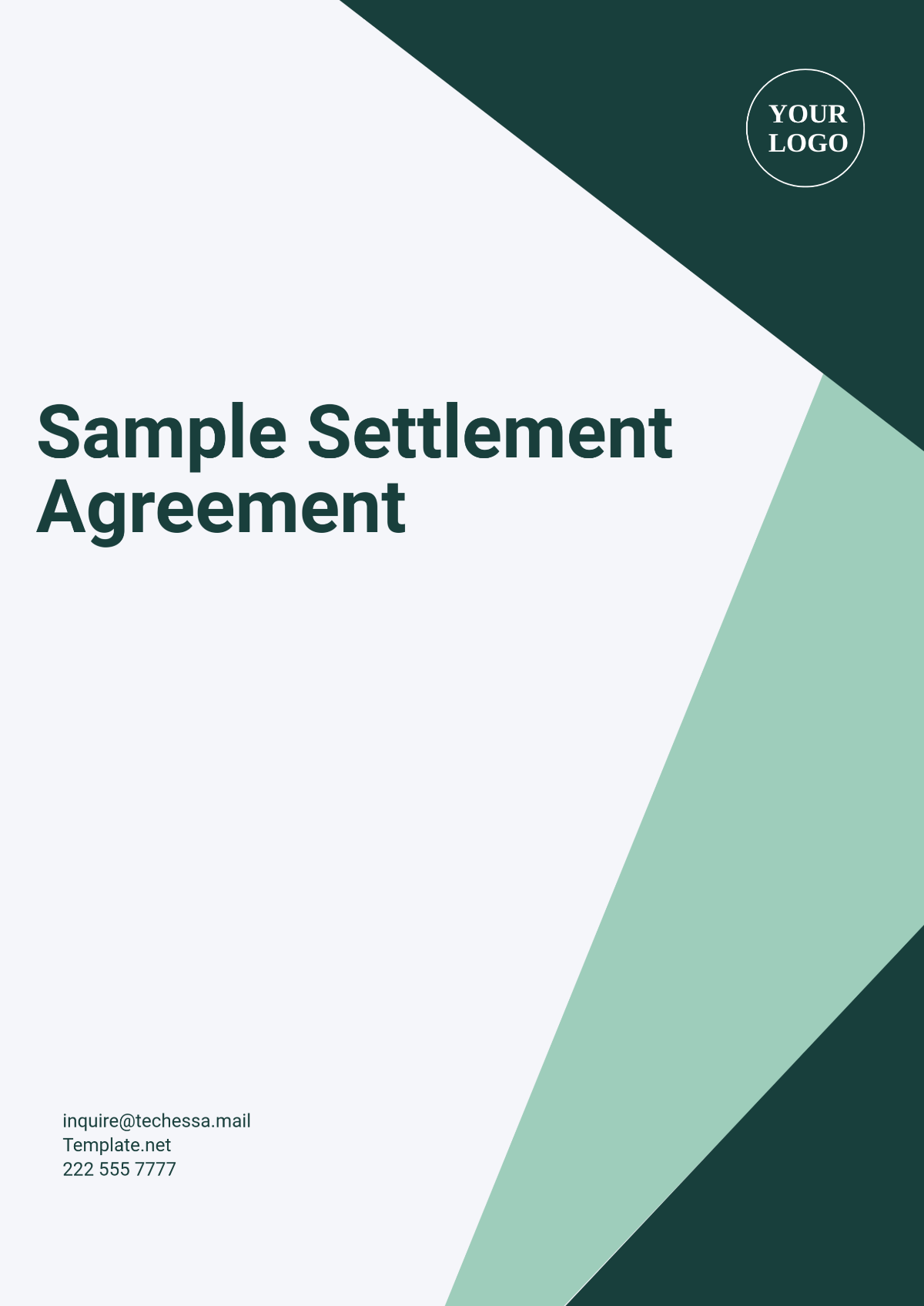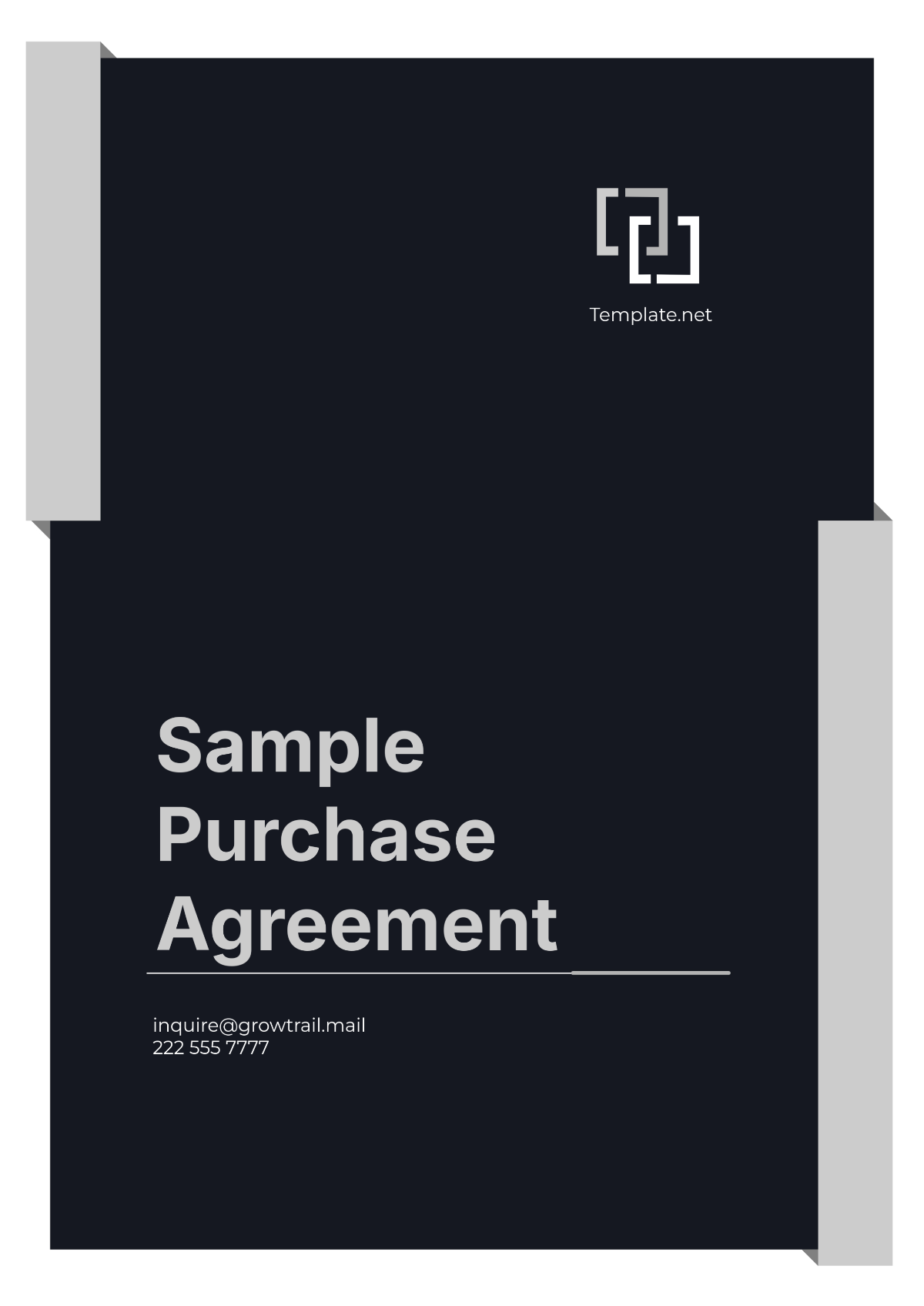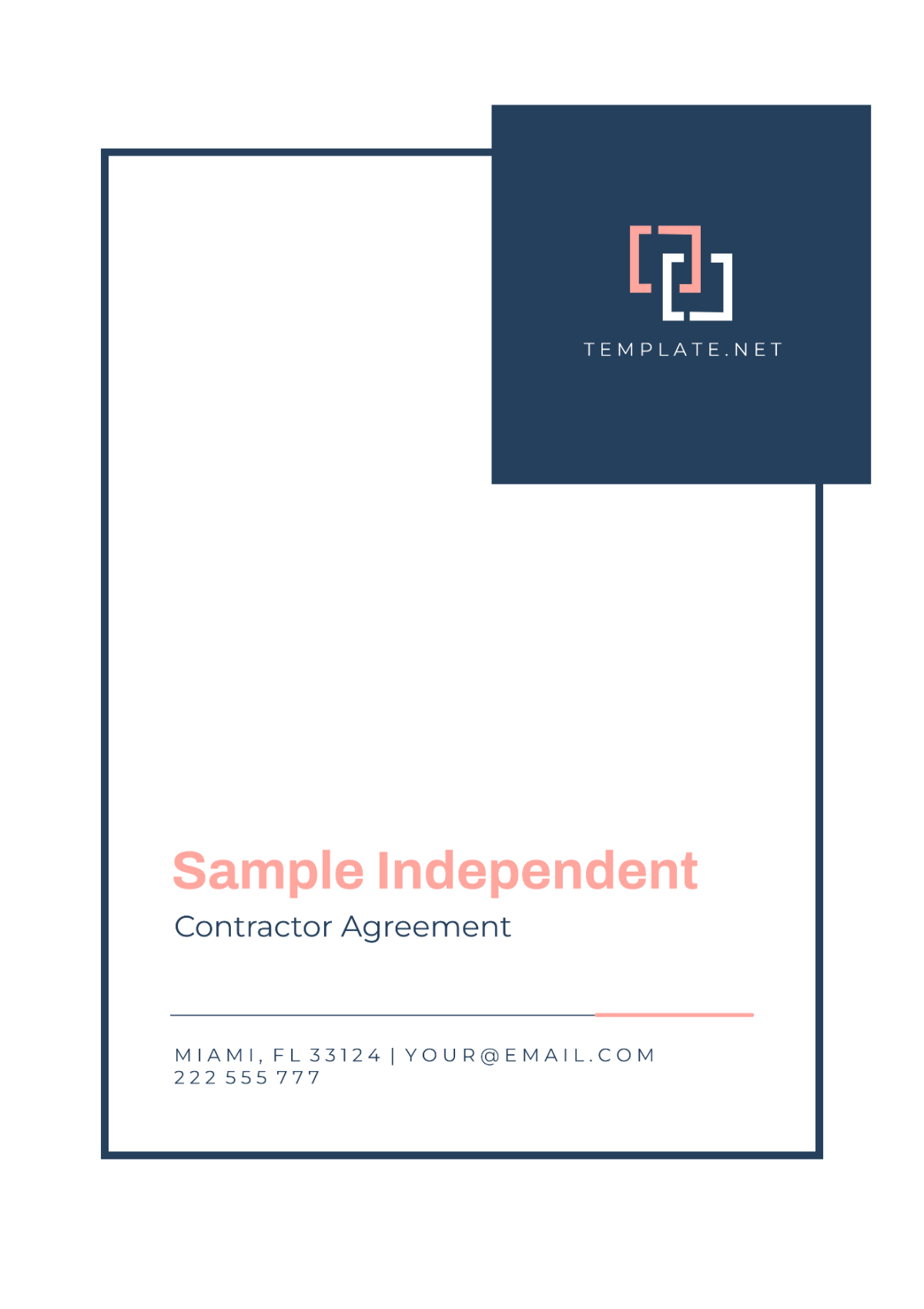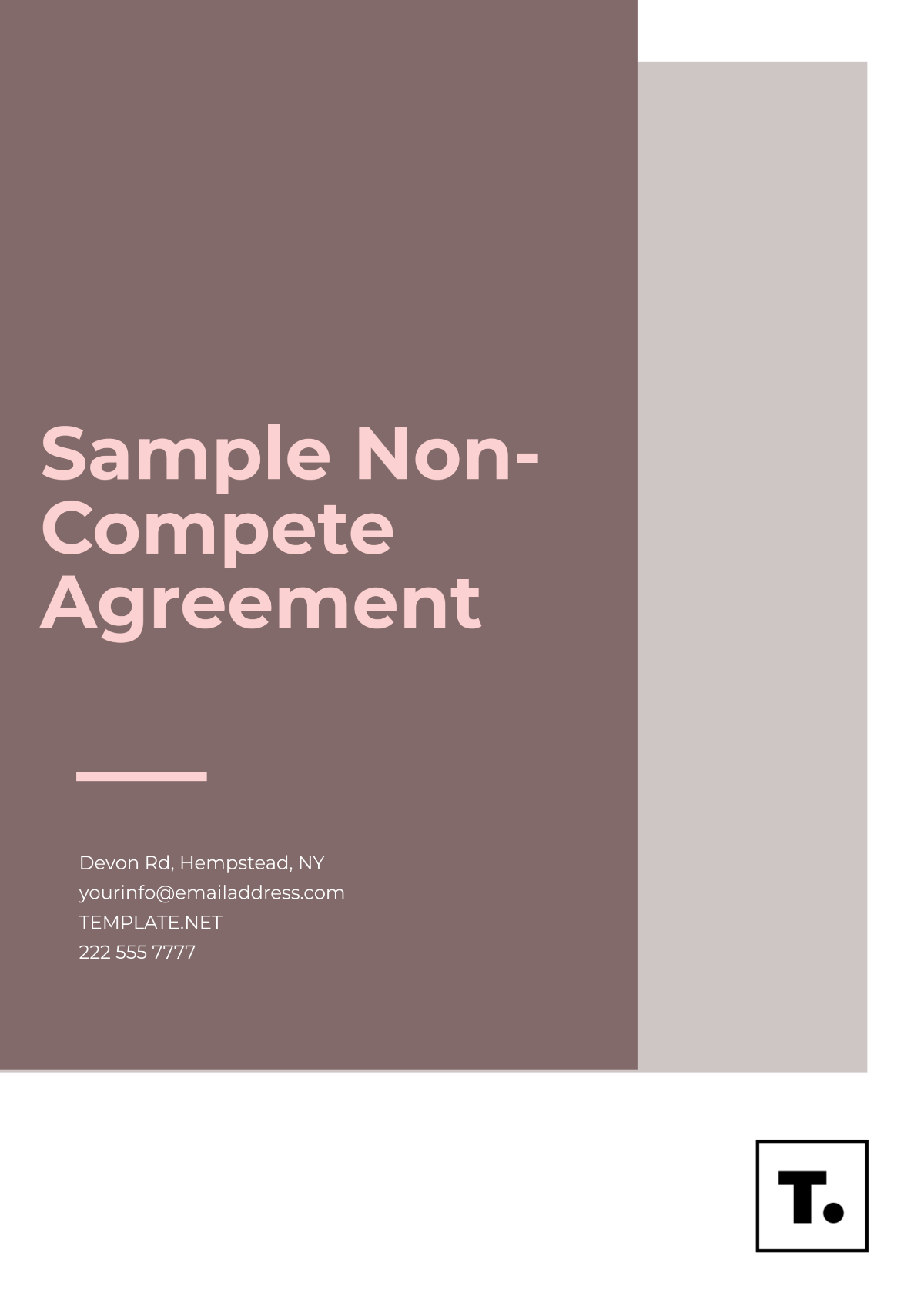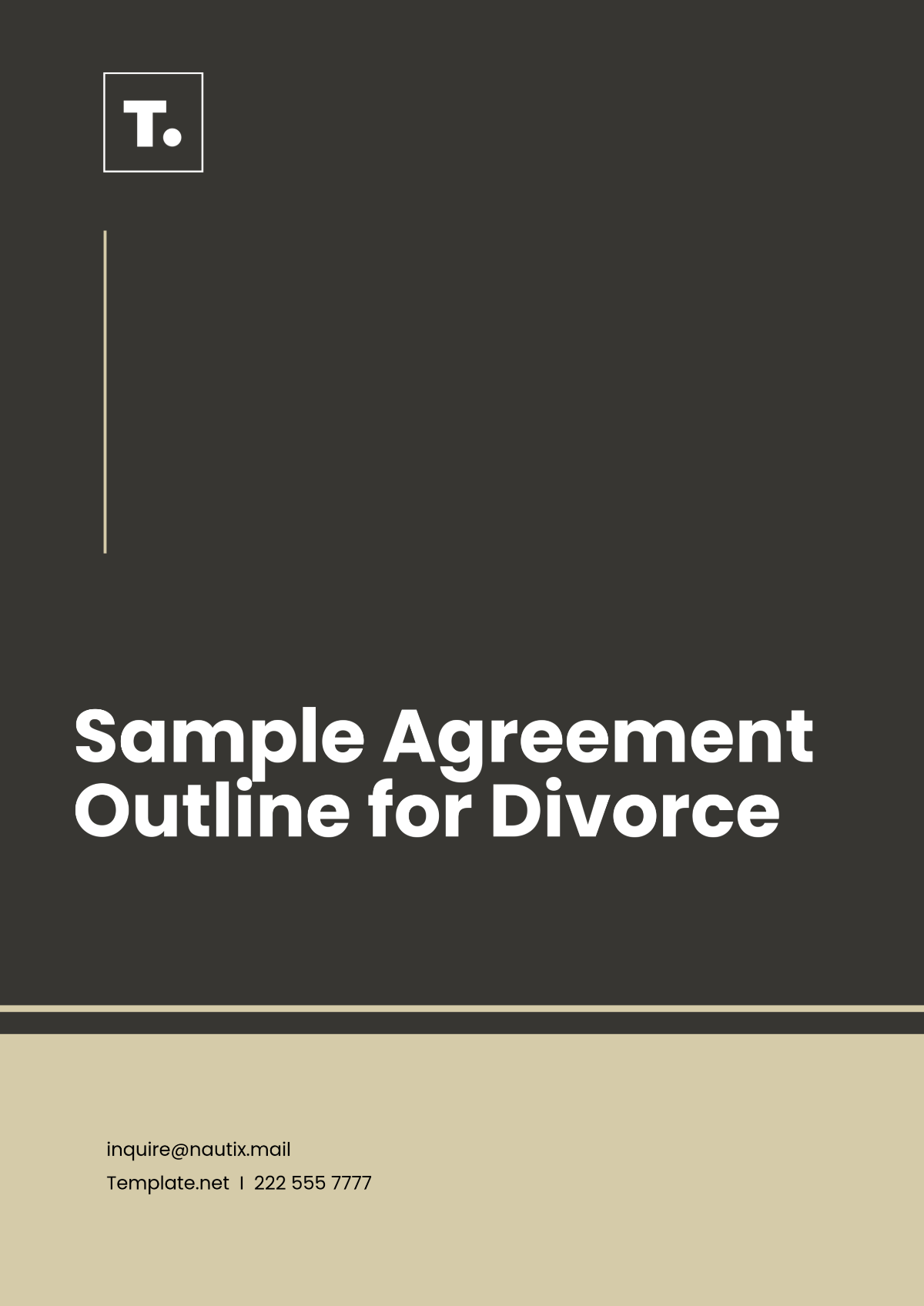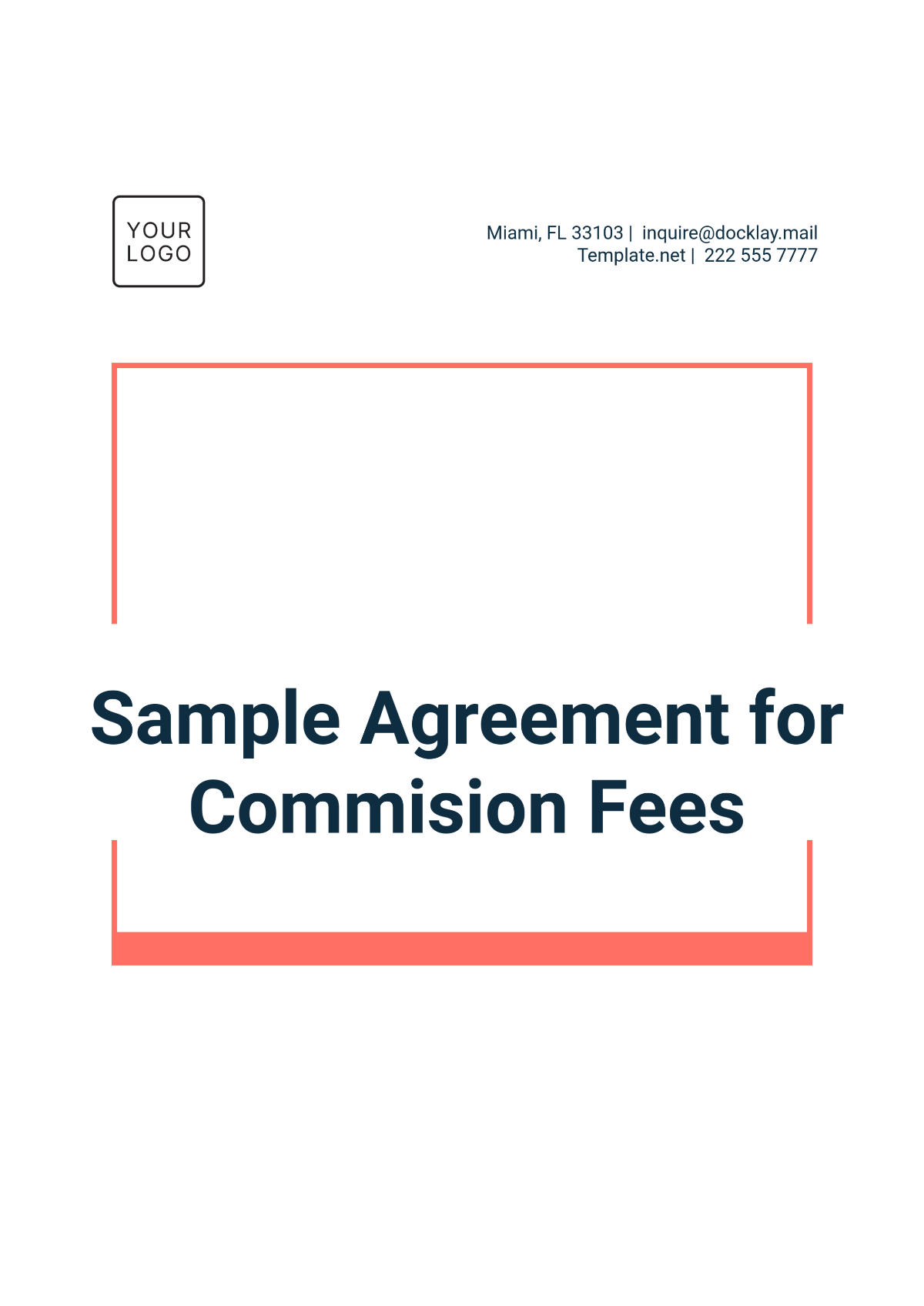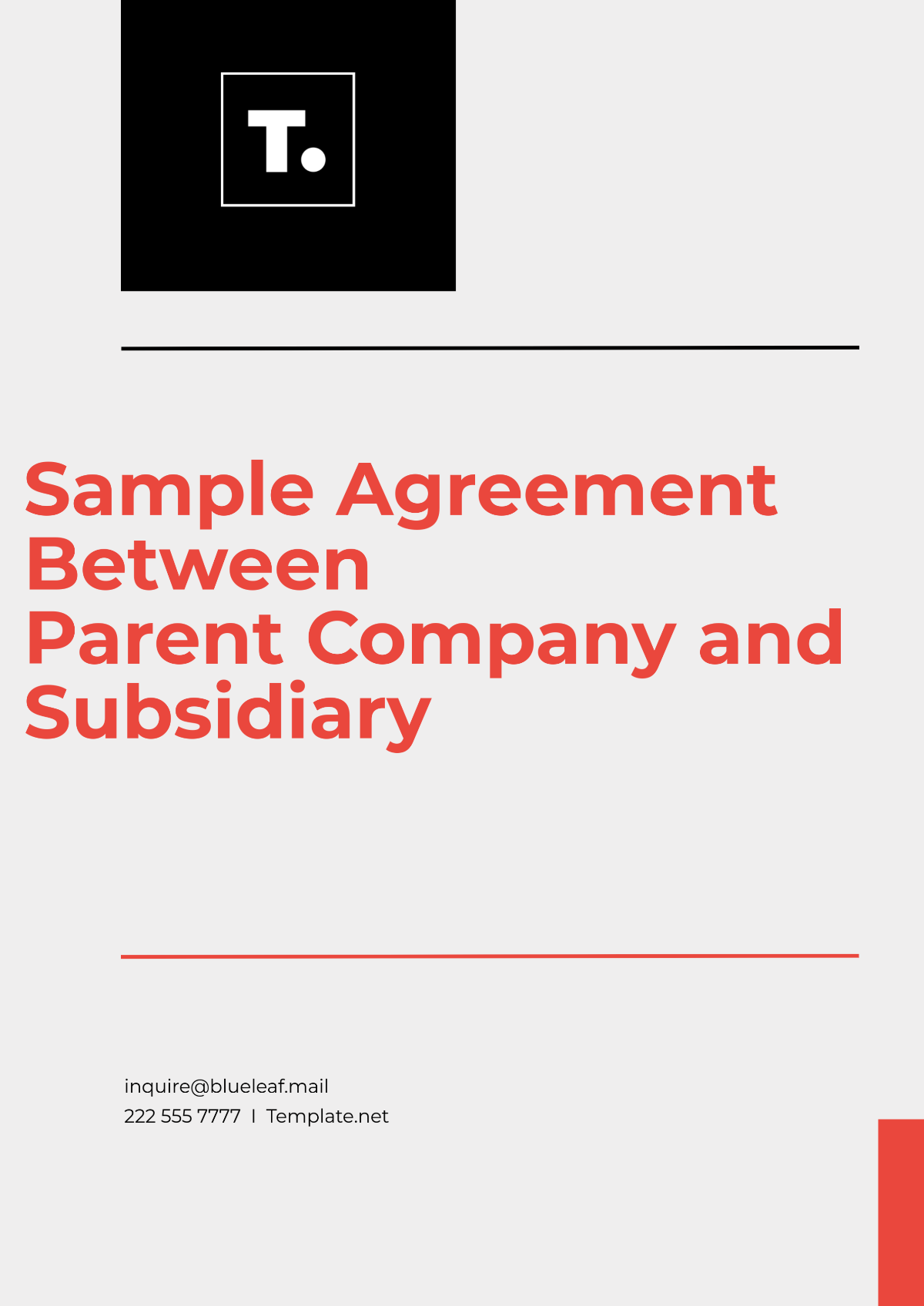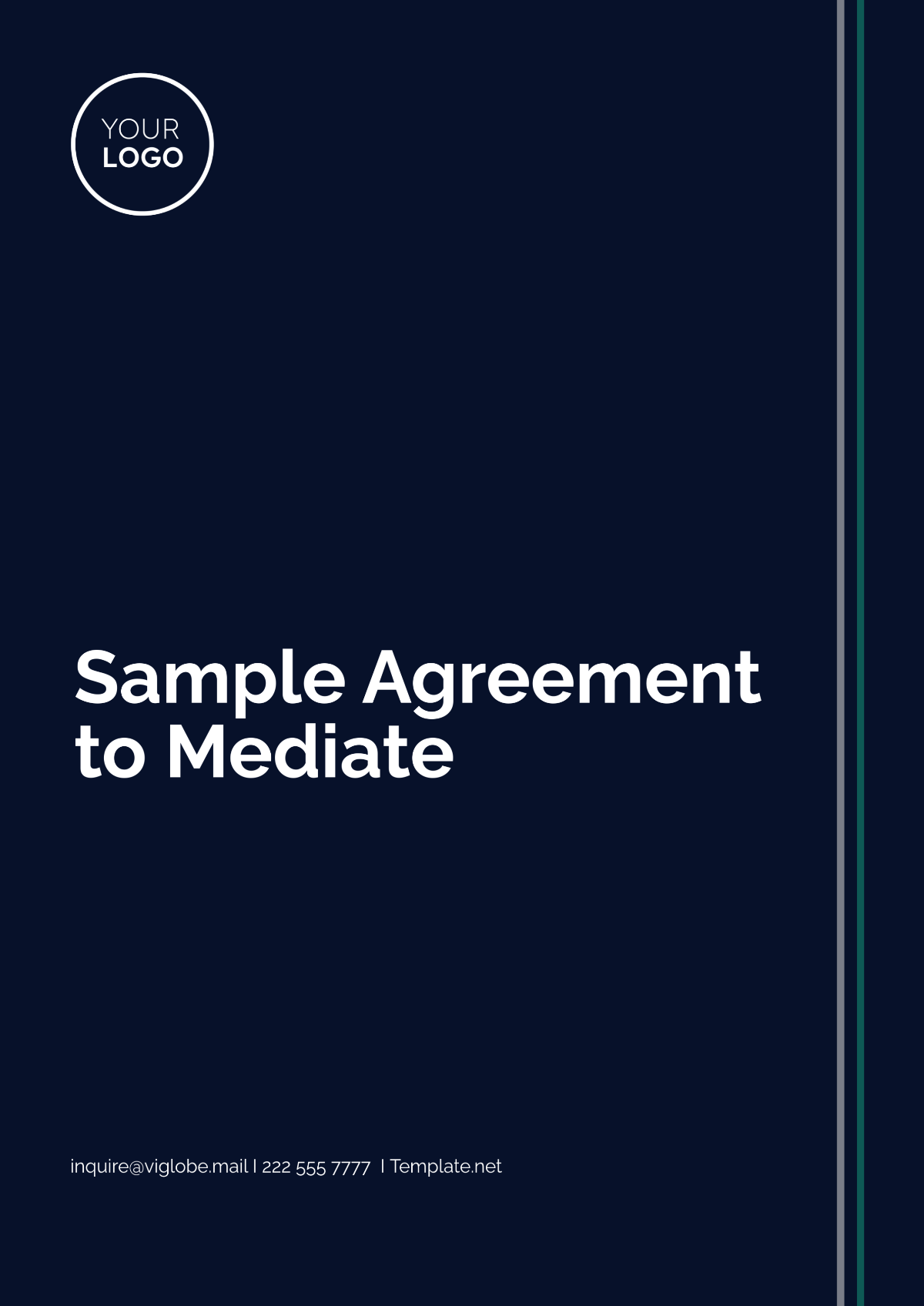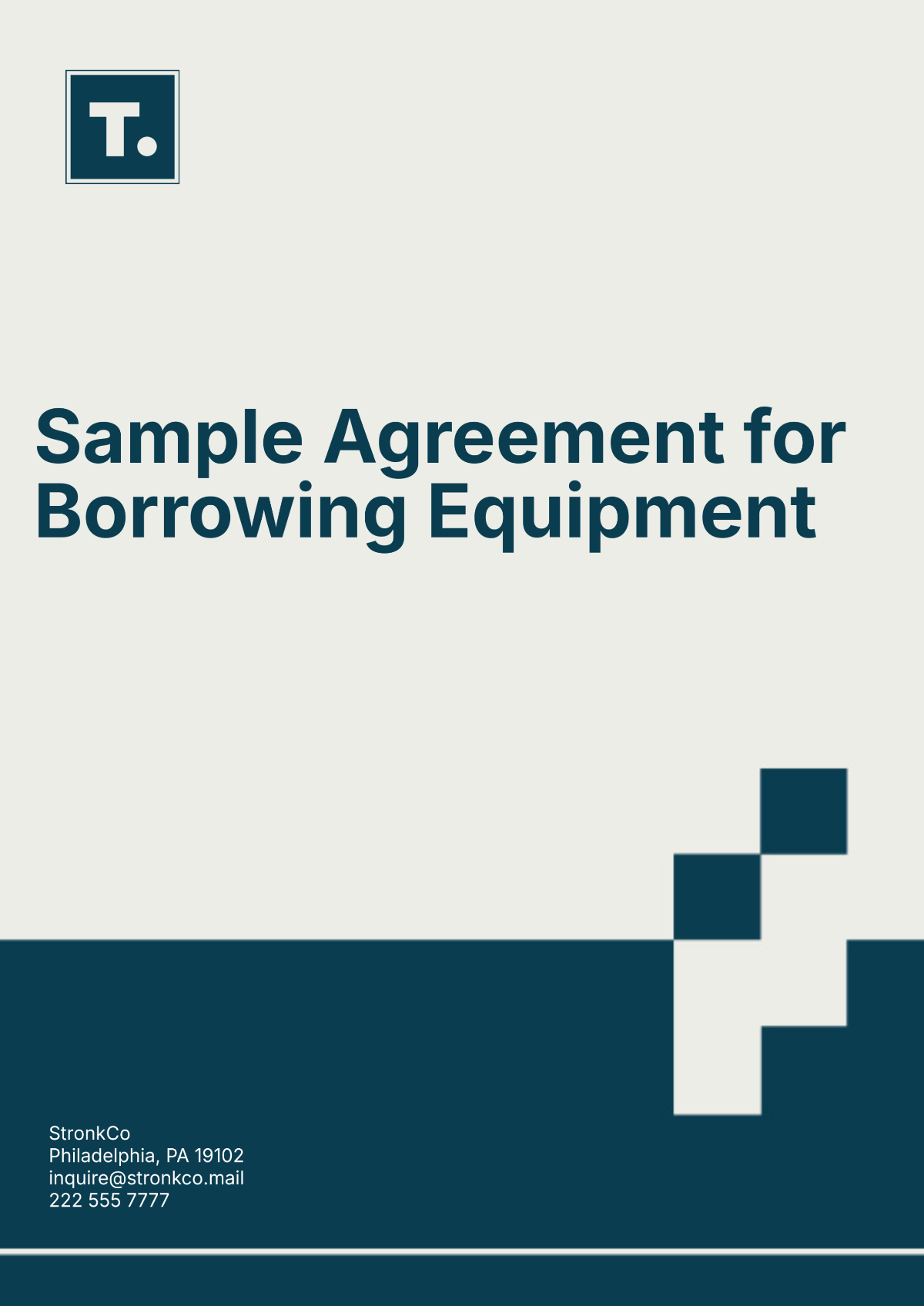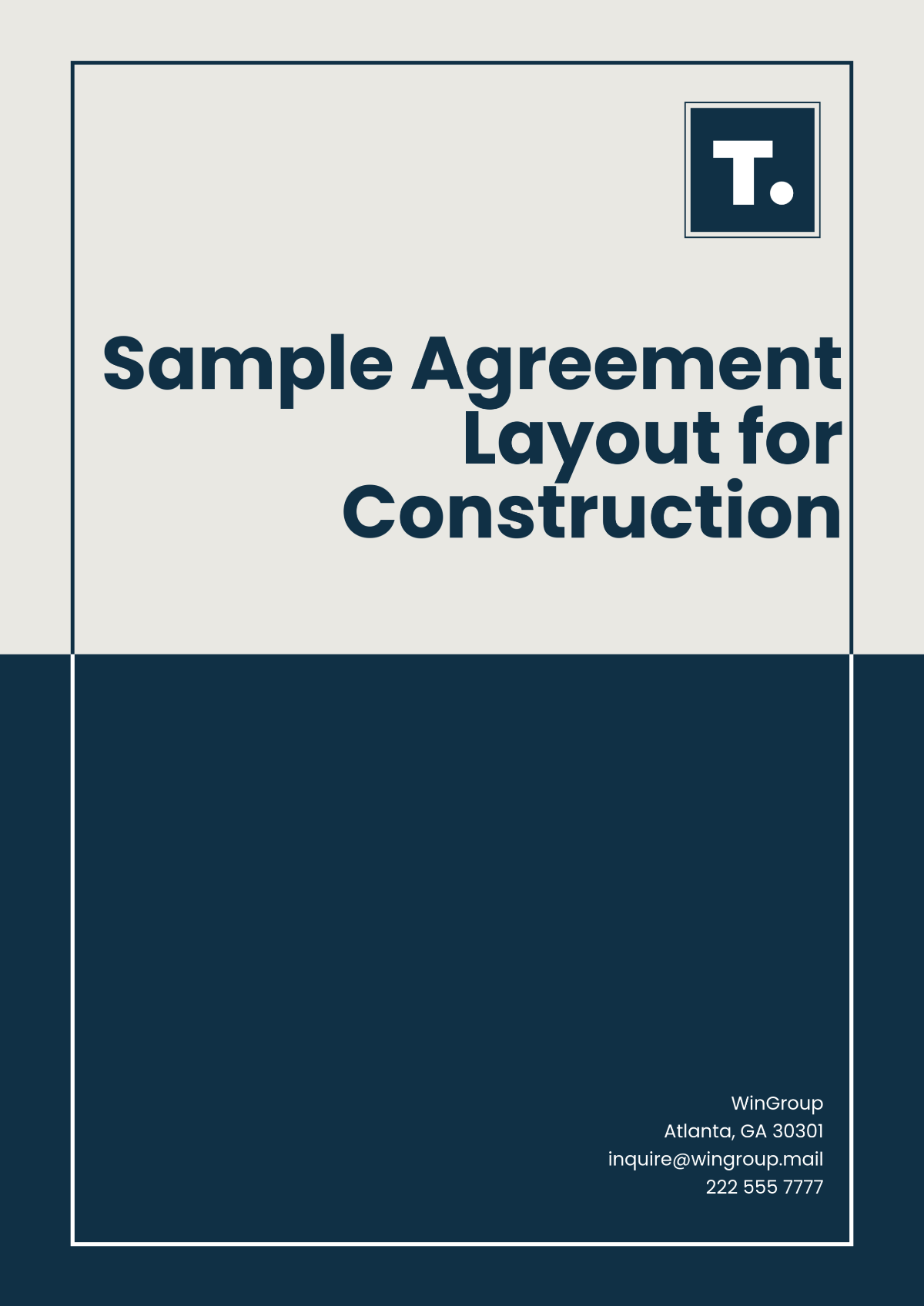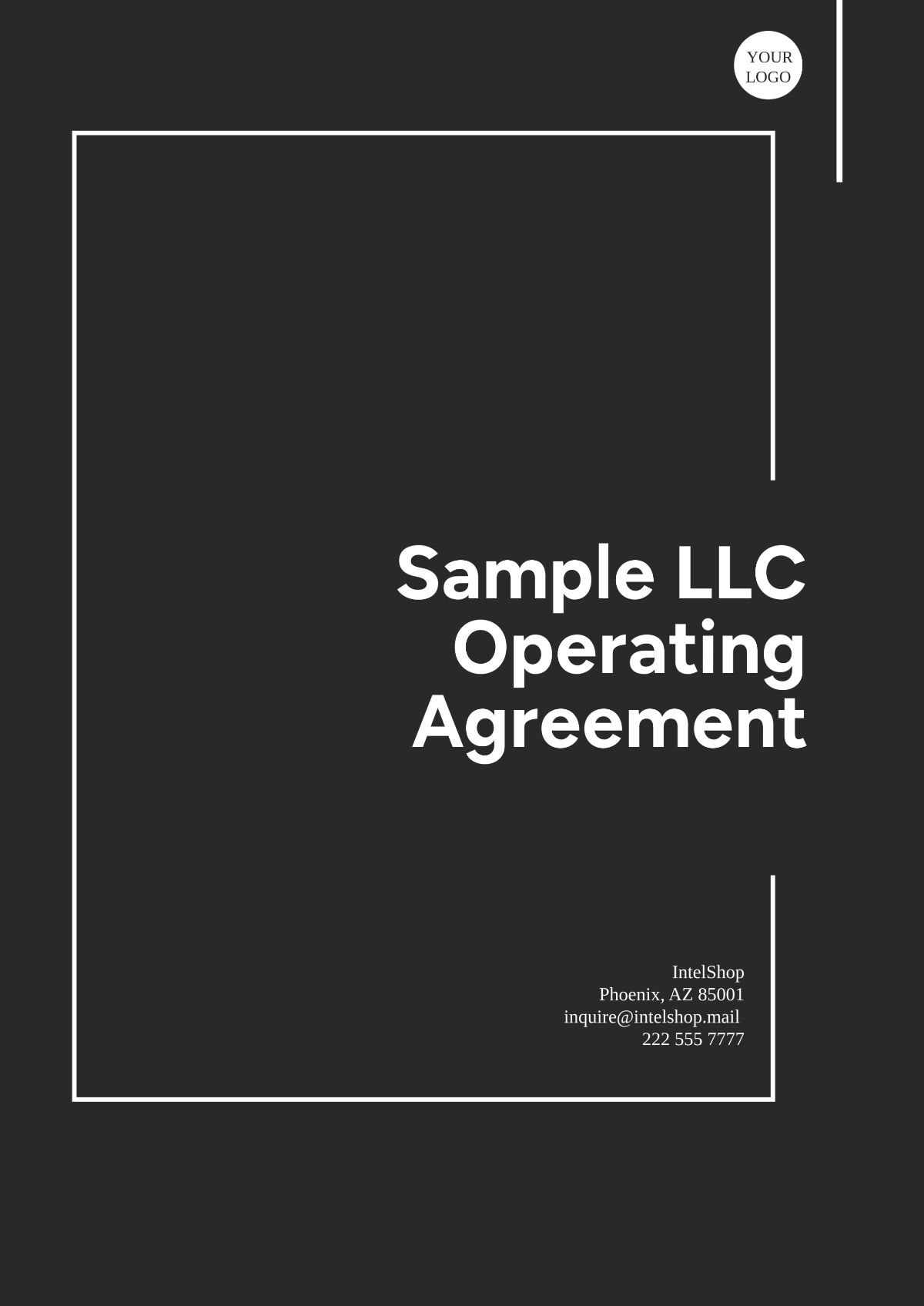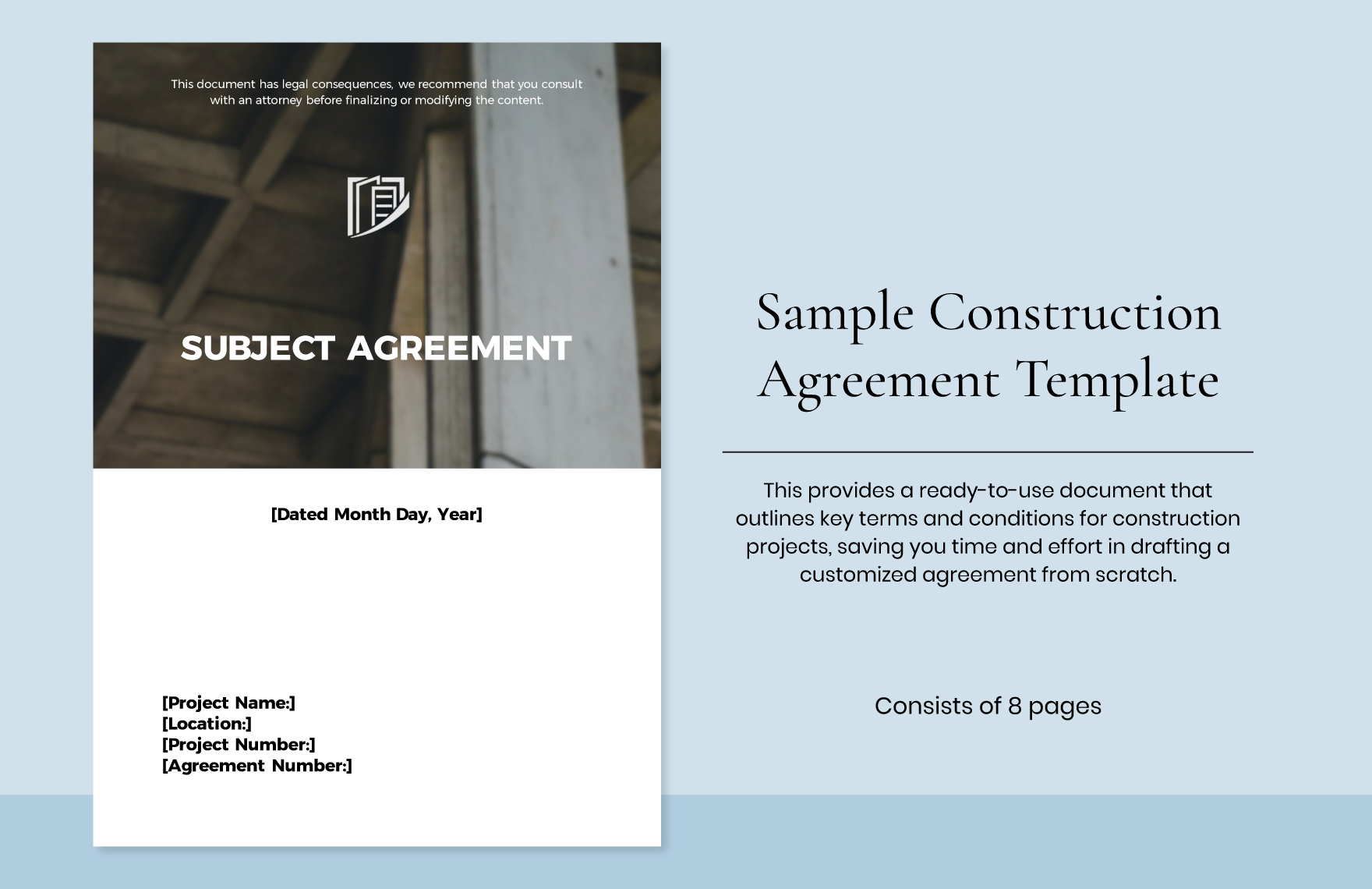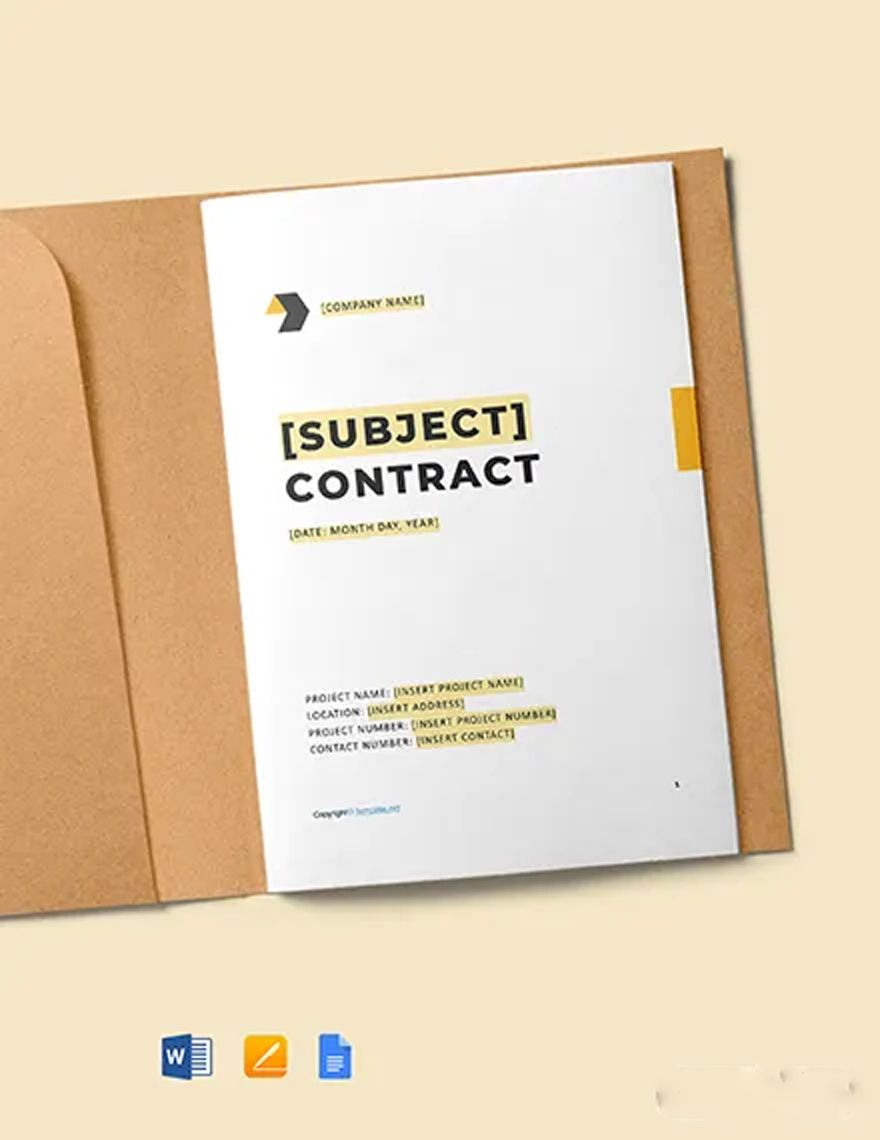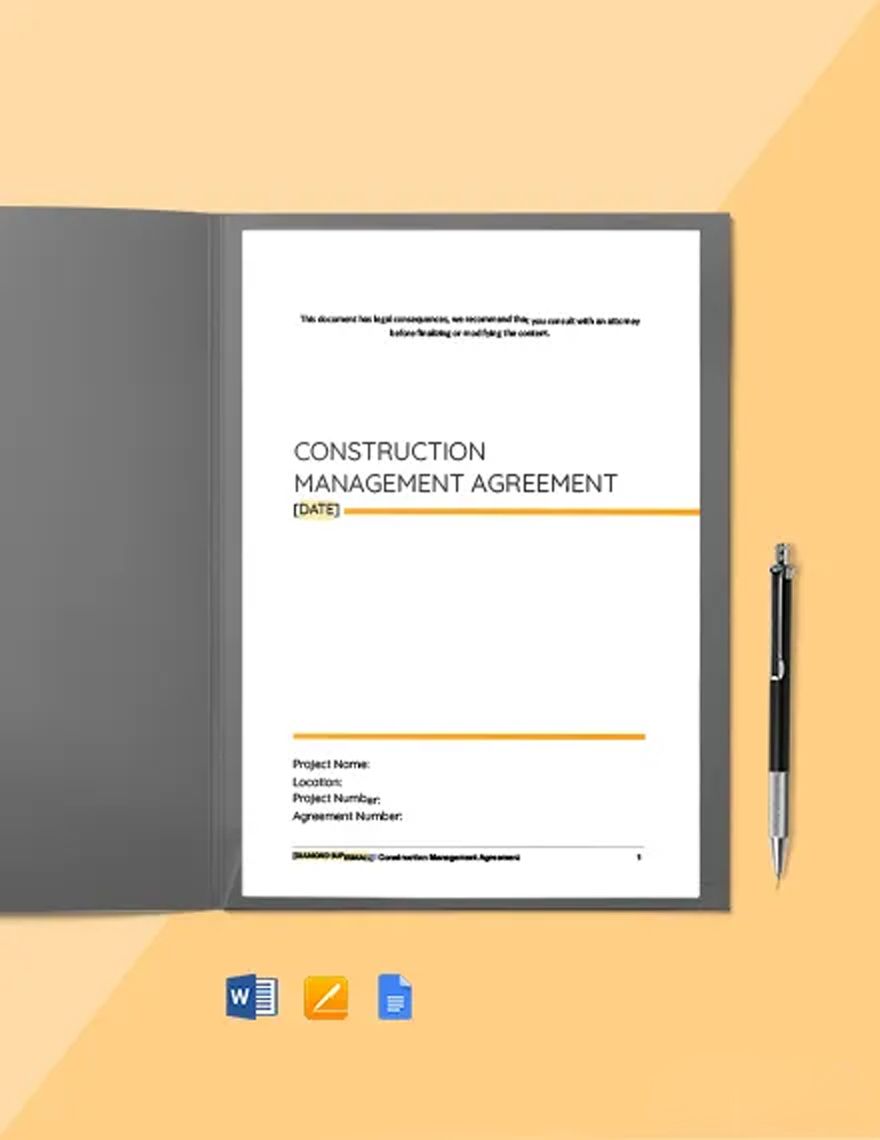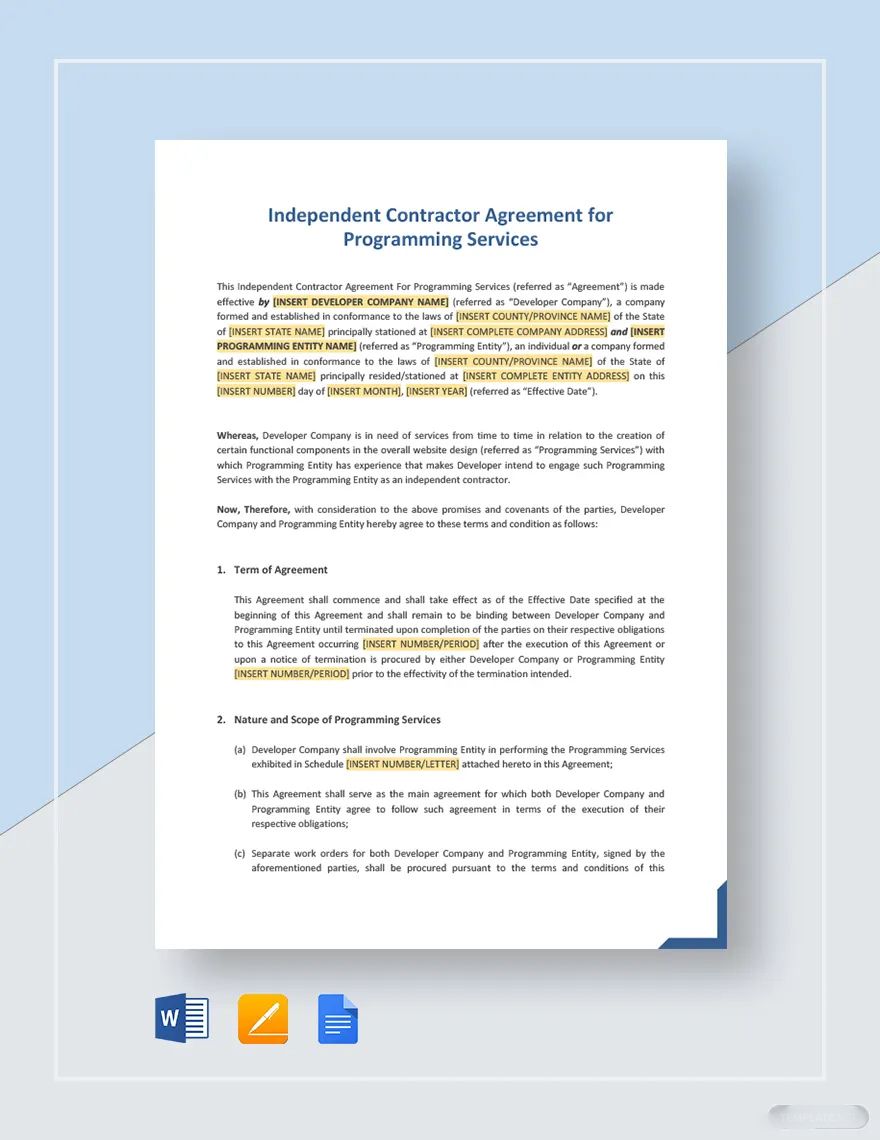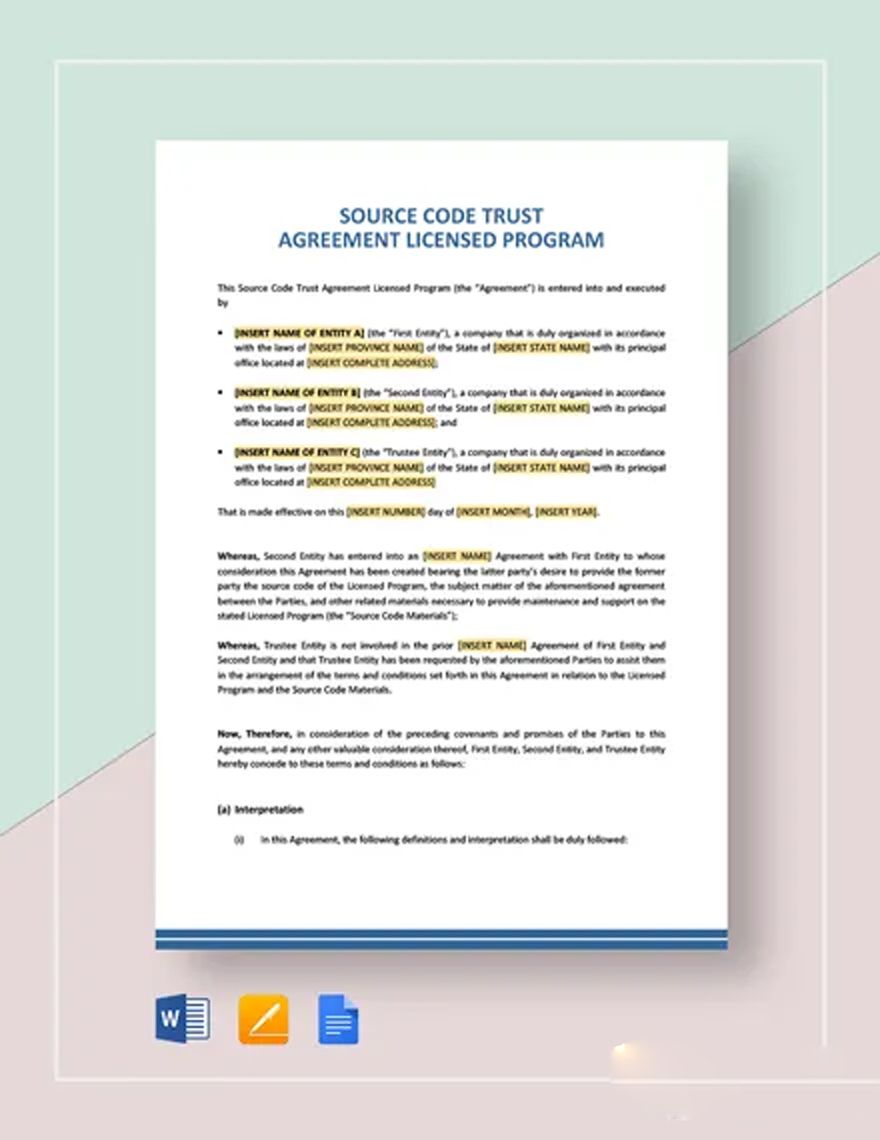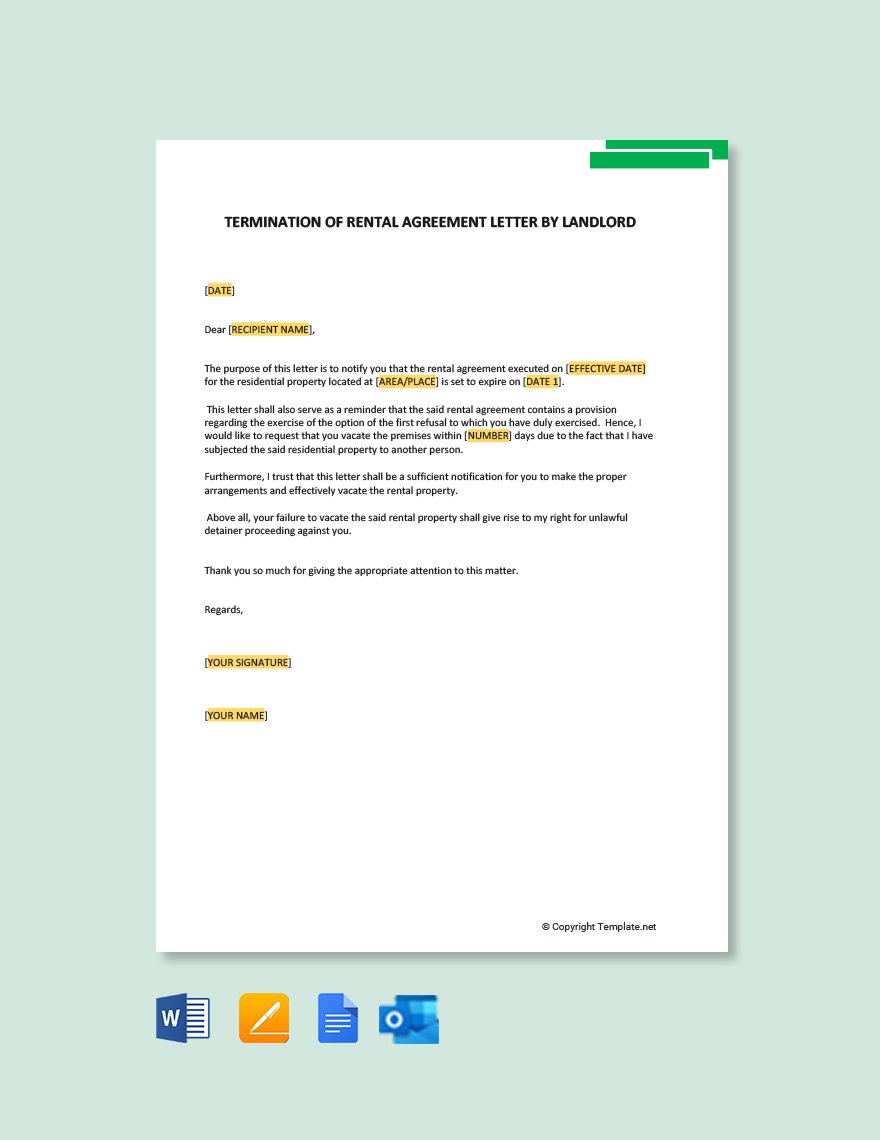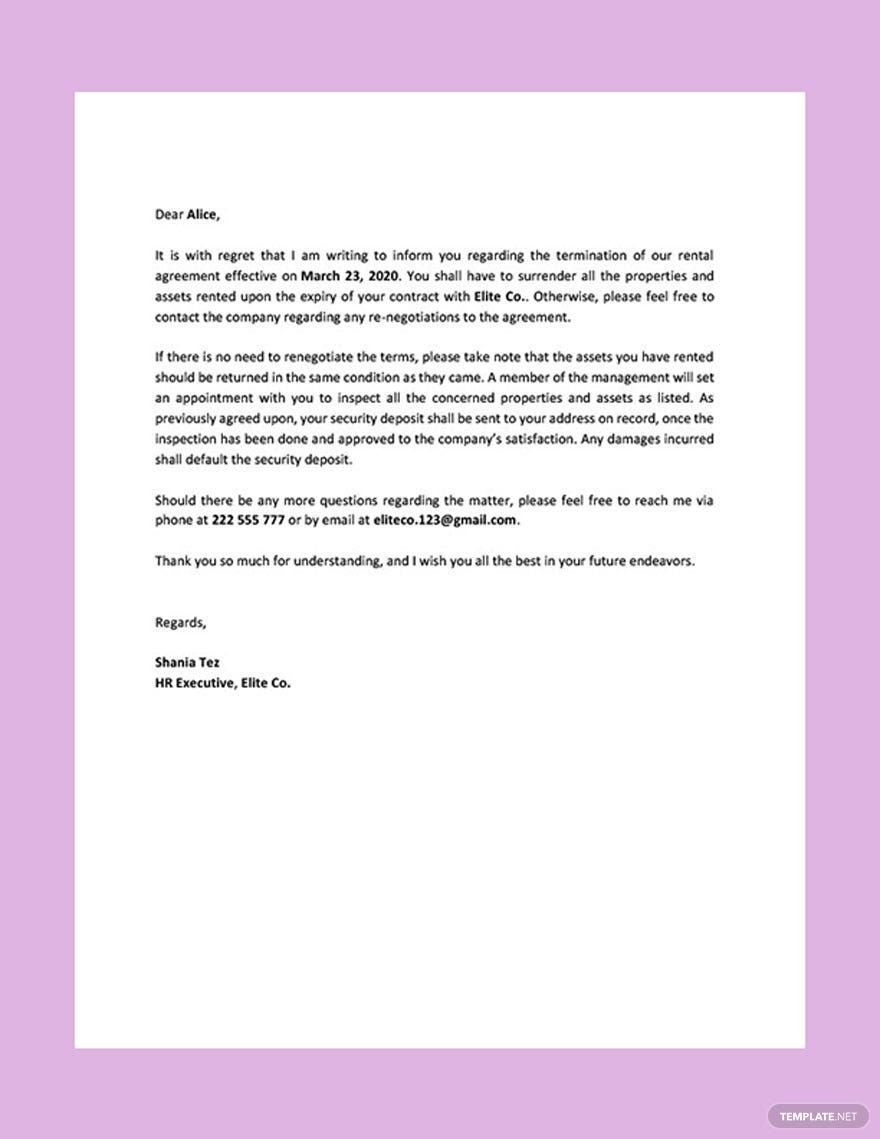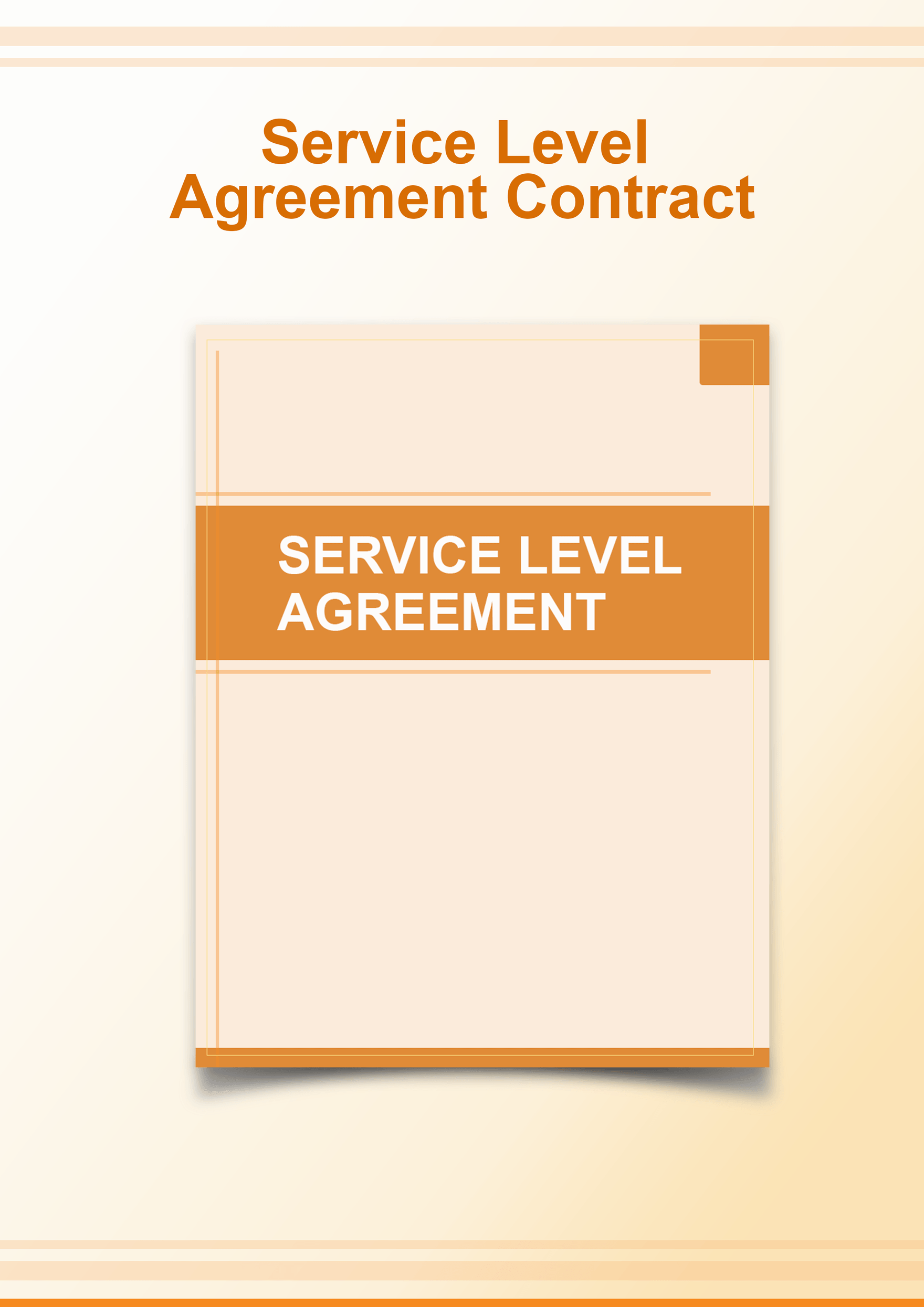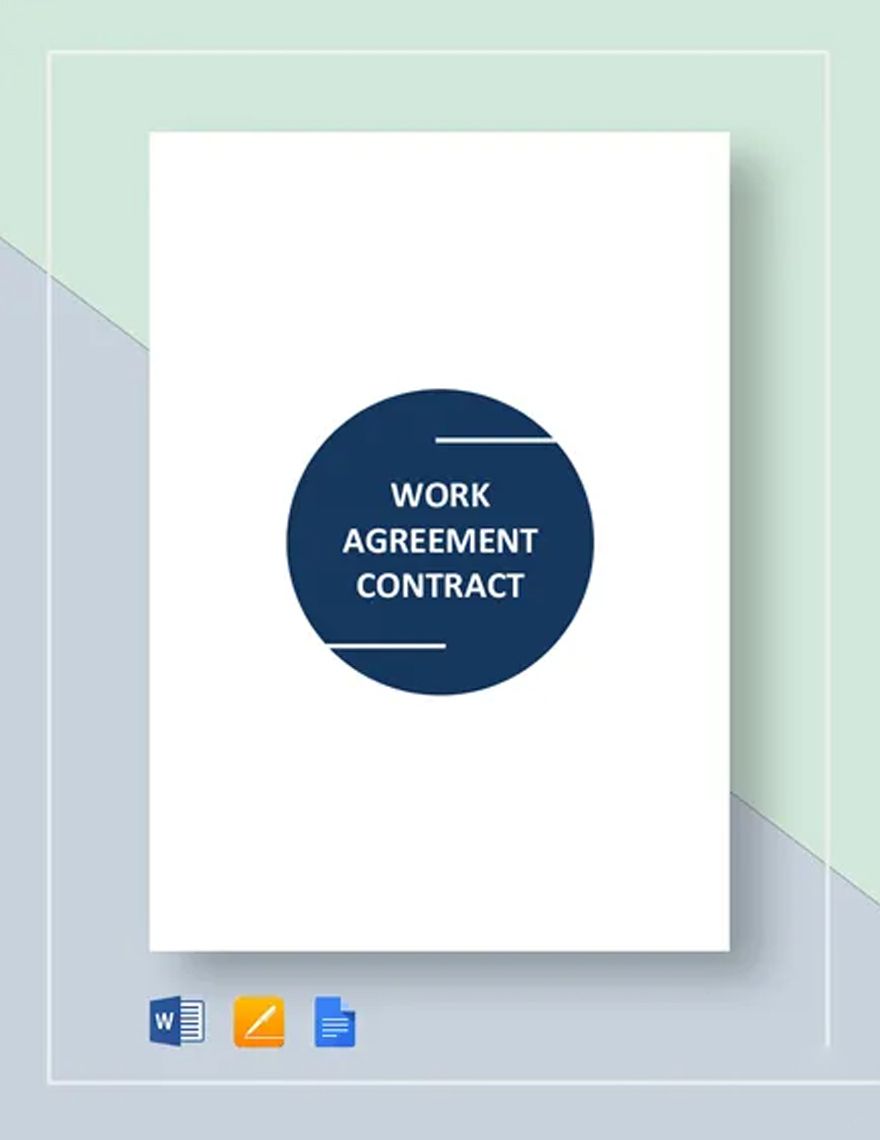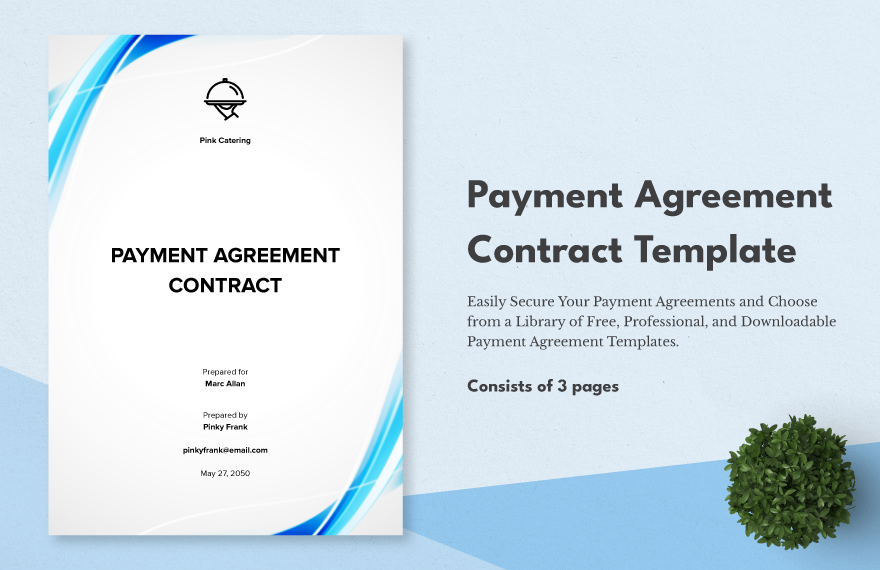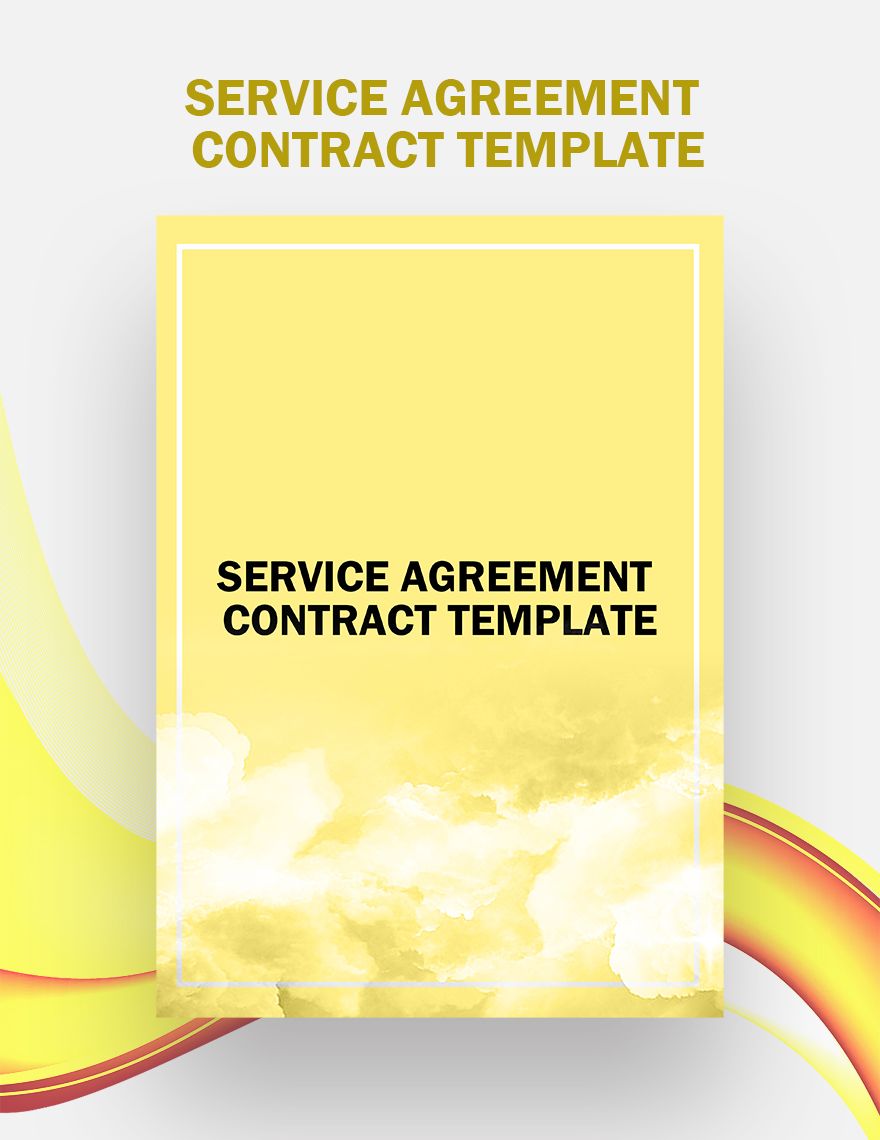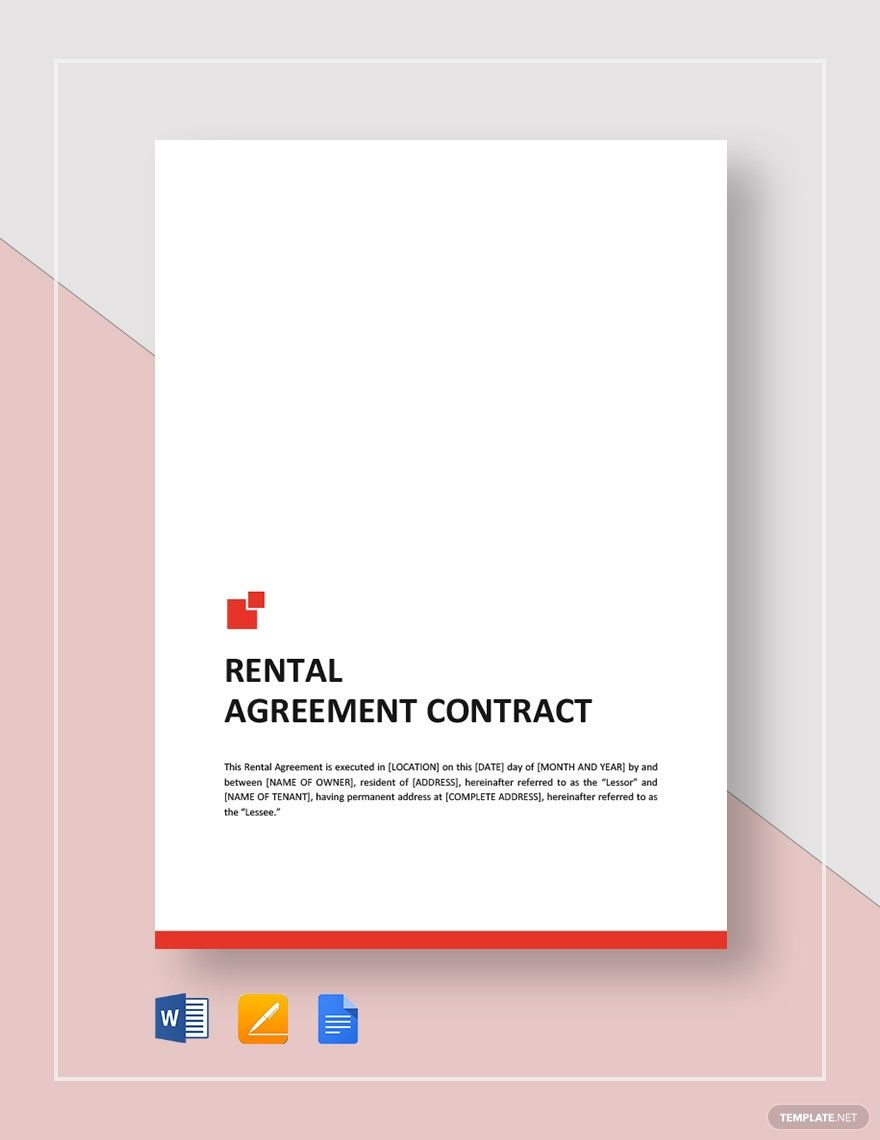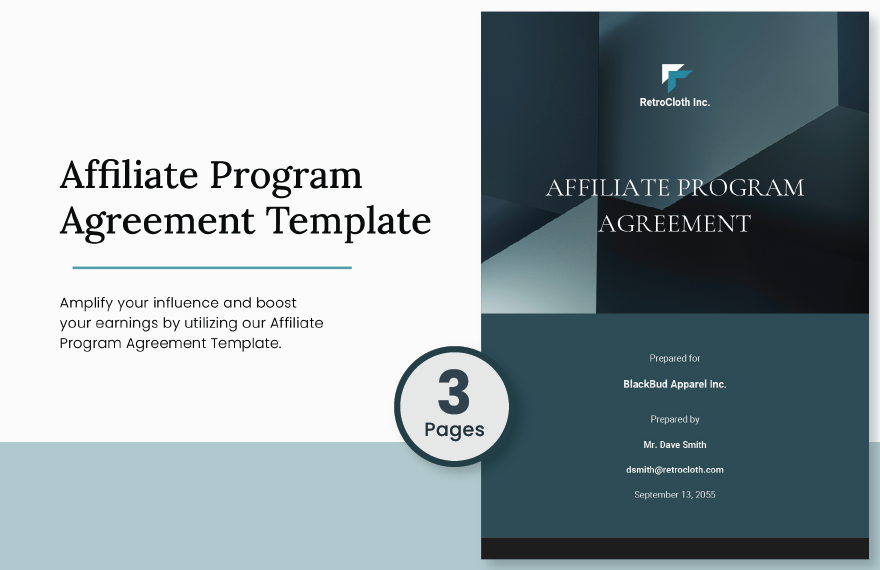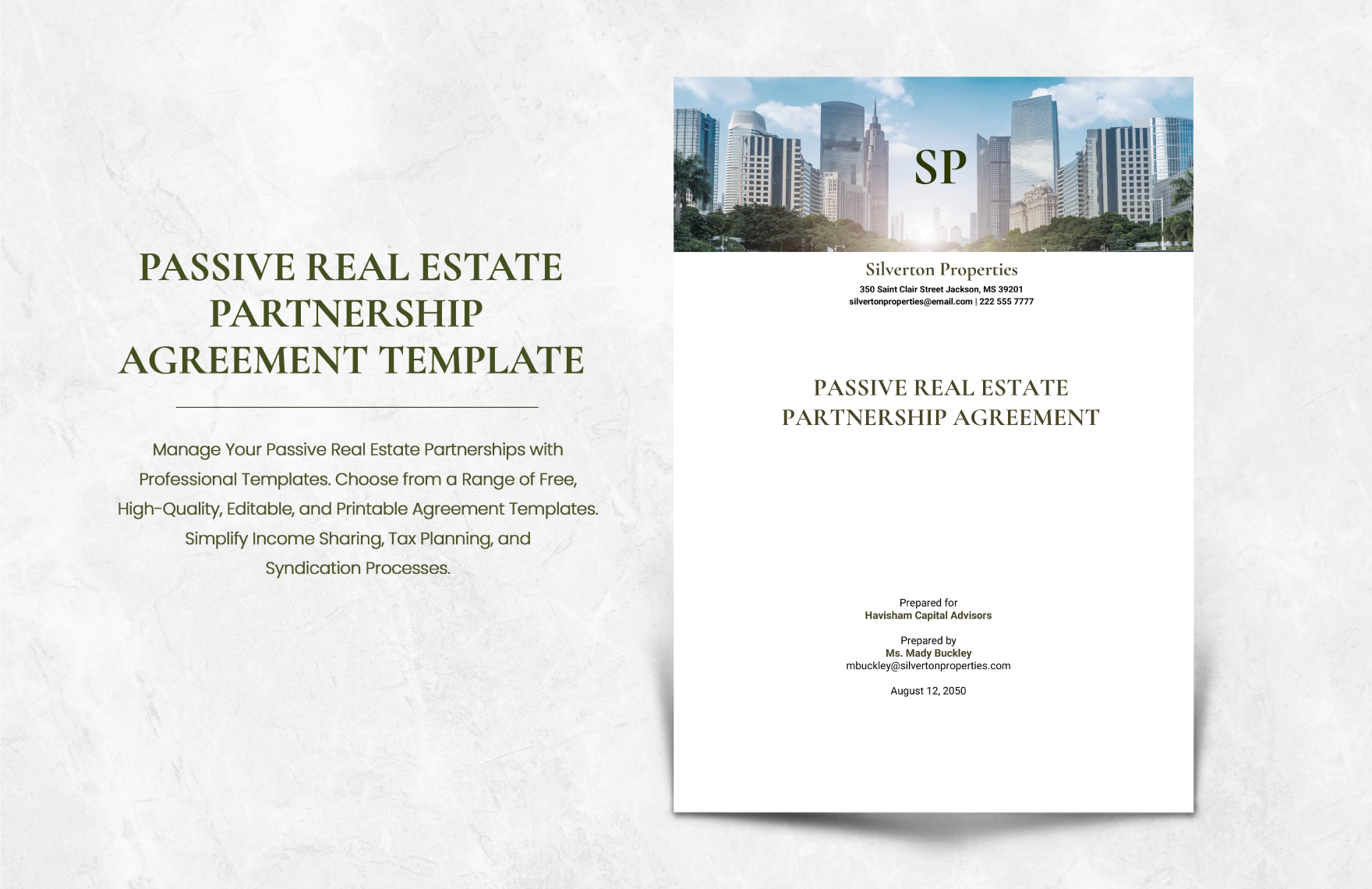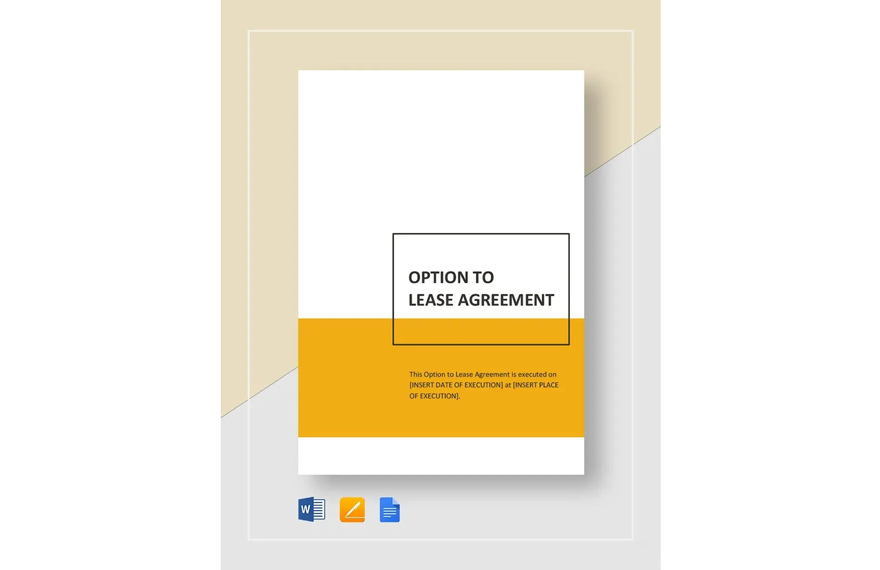Whether it's a prenuptial agreement, partnership agreement, rental agreement, or a payment-related agreement, you'll need a tool that will eradicate the difficulty of making an agreement. That's why here at Template.net, we have provided you Sample Agreement Templates to help you craft your agreements with ease and convenience. We offer 100% customizable, printable, easily-editable, high quality, professional, quick, saves time, and professionally written templates. Available in sizes such as A4 & US Letter sizes and in formats such as Google Docs, MS Word, & Apple Pages. Hurry and get yours now!
How to Create a Sample Agreement?
A Sample Agreement is a ready-made document with a provided format explicitly made to assist you in making your agreements. This is not to be confused with a contract because a contract is legally binding whereas an agreement is not. Certain parts of the agreement are highlighted or intentionally left blank for you to provide your details. Some examples include a promissory note, loan agreement, or simply a letter or memorandum. Survey shows that 90% of individuals skim over the legal terms and conditions. They skip down to the bottom of the page and immediately click 'Accept' without a hint of what they're putting on the line. A huge contributing factor is the use of jargon and lengthy content. Disclosing parties should be considerate of their readers' comprehension.
Creating sample agreements can get very mind-numbing because of its all-inclusive content. If you are one of the few people who want to start from scratch, then you are free to do so. Whether it's for a client or personal use, we will provide you tips below on how to create an extensive agreement.
1. Do Not Use Jargon
You don't need to include jargon just so it could resemble the standard agreement. Keep your sentences simple and straightforward so both parties can comprehend what is stated. Using too much jargon can complicate the other party. Just like the stated fact, for example in a rental agreement, if you do not want the other party to skim through your agreement, keep everything simple.
2. Set Everything in Writing
Sure, verbal agreements can pass as an agreement but should it remain verbal, you'll have no proof whatsoever of the prior agreement you've had. For possible disputes, agreements put into writing can serve as your guide as to who first breached the contract.
3. Be Specific with the Details
Explicitly indicate the roles and responsibilities of both parties. This is so when the time comes, there would be no pointing fingers as to who is responsible for doing what. You can revise parts of your basic agreement occasionally as long as you notify the other party.
4. Indicate the Payment Terms
Indicate the terms of payment to determine the manner (cash, check, etc.) and time (monthly, weekly, etc.) you should be paid. Negotiate with the other party so both of you can agree on the terms of payment. In any payment agreement these conditions are important to add so you can easily settle monetary disputes.
5. State When the Agreement Should Conclude
Contract agreements eventually come to an end. State the reasons that will cause the contract to end: contract cancellation, contract completion, performance incapability, breach of contract, or cessation of contract.
6. Double-check Each Party's Name
Do your research on the other party's company name to ensure accuracy. Incorrect names will make your agreement invalid. Do not omit anything from their name even the ones you think are less important. After having created your agreement, review everything from start to finish in case you still want to add more info. You can have it reviewed by a fresh set of eyes.
